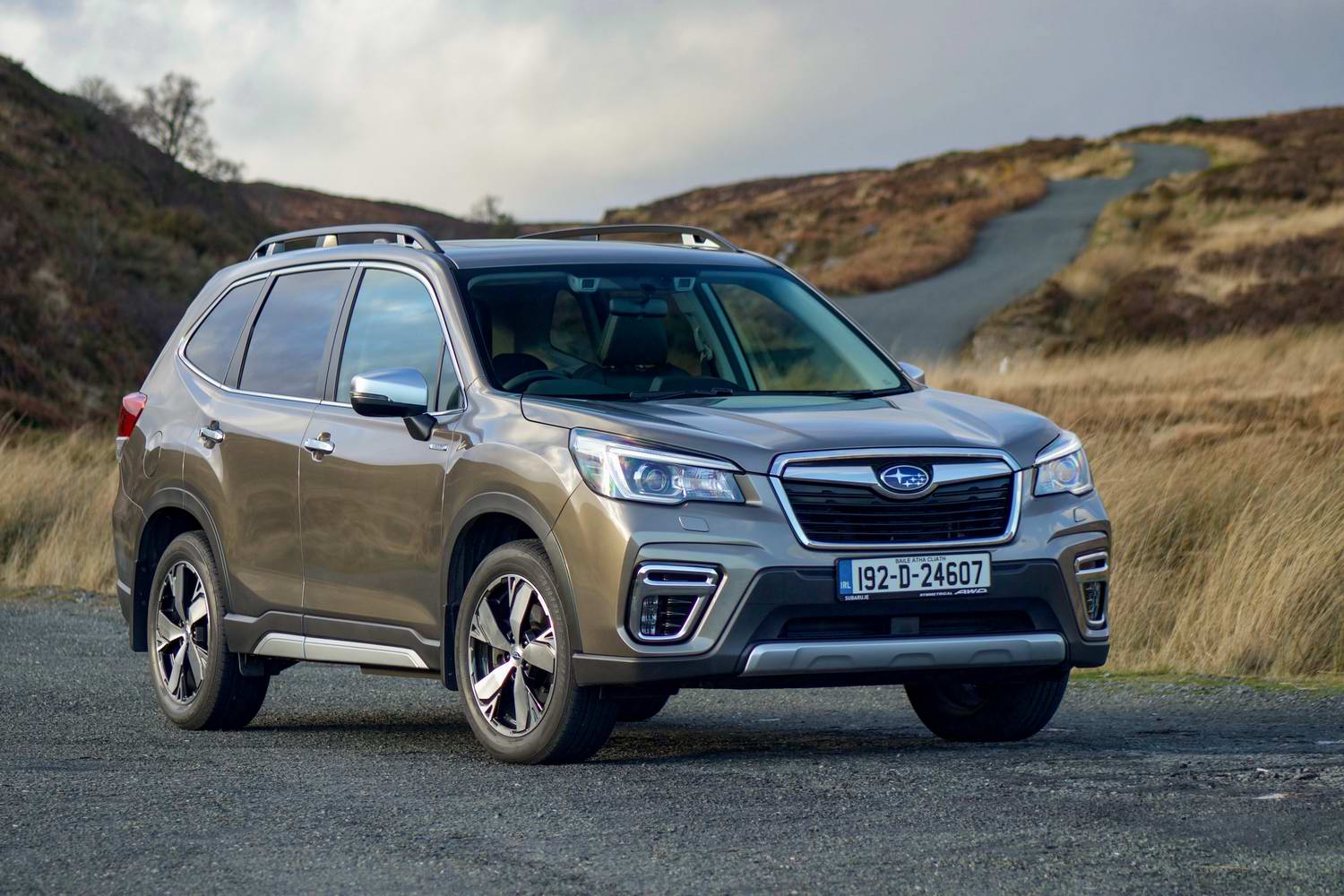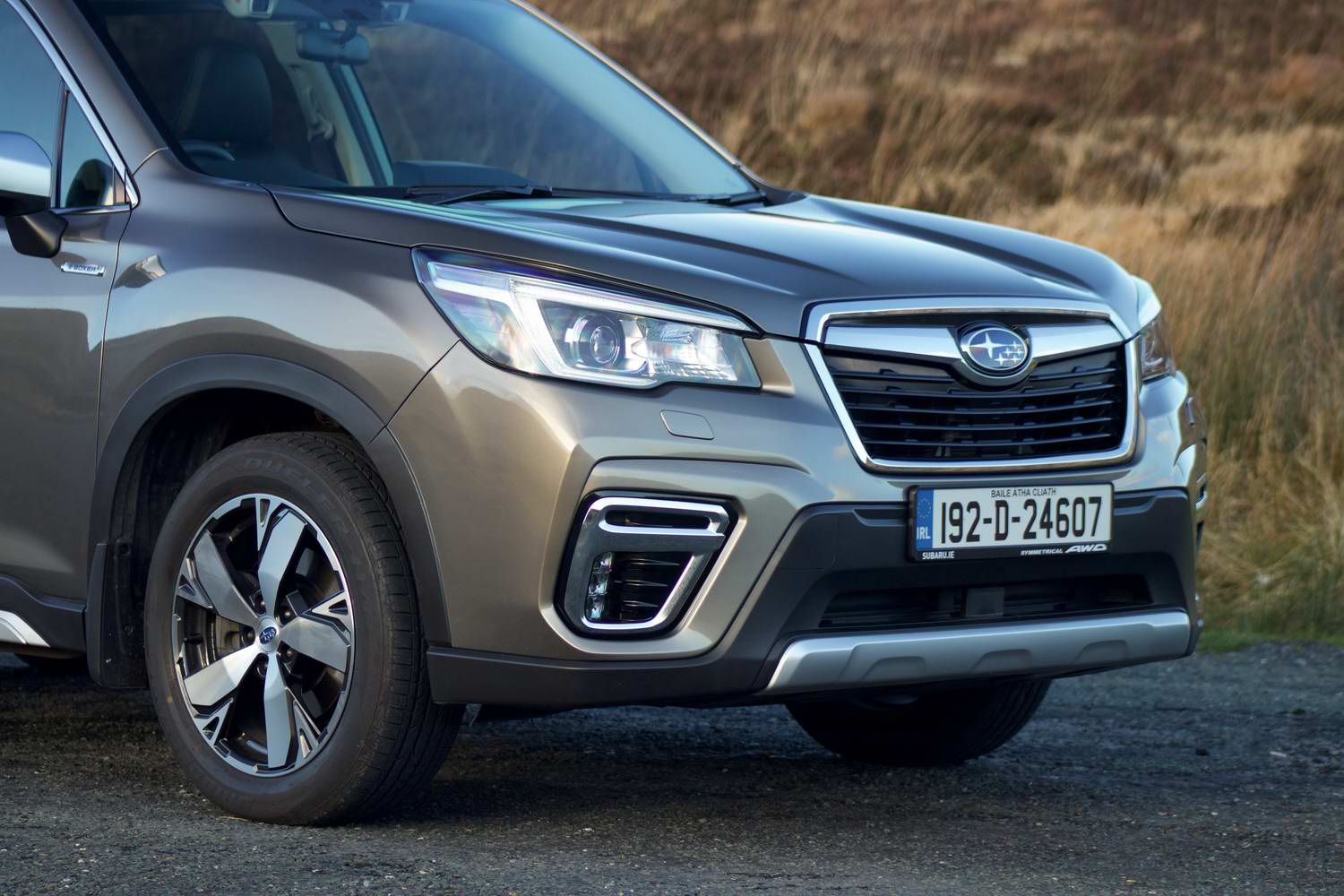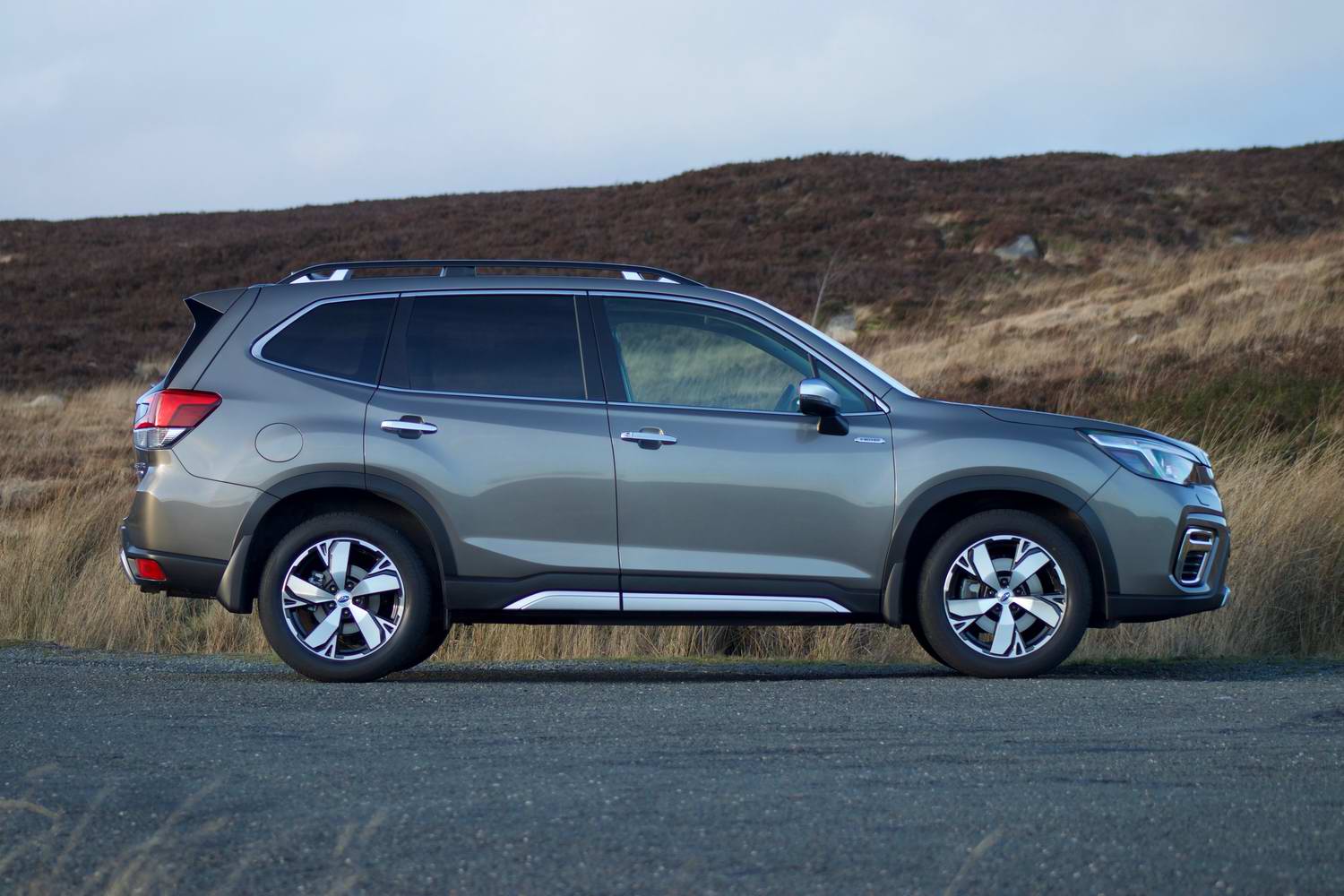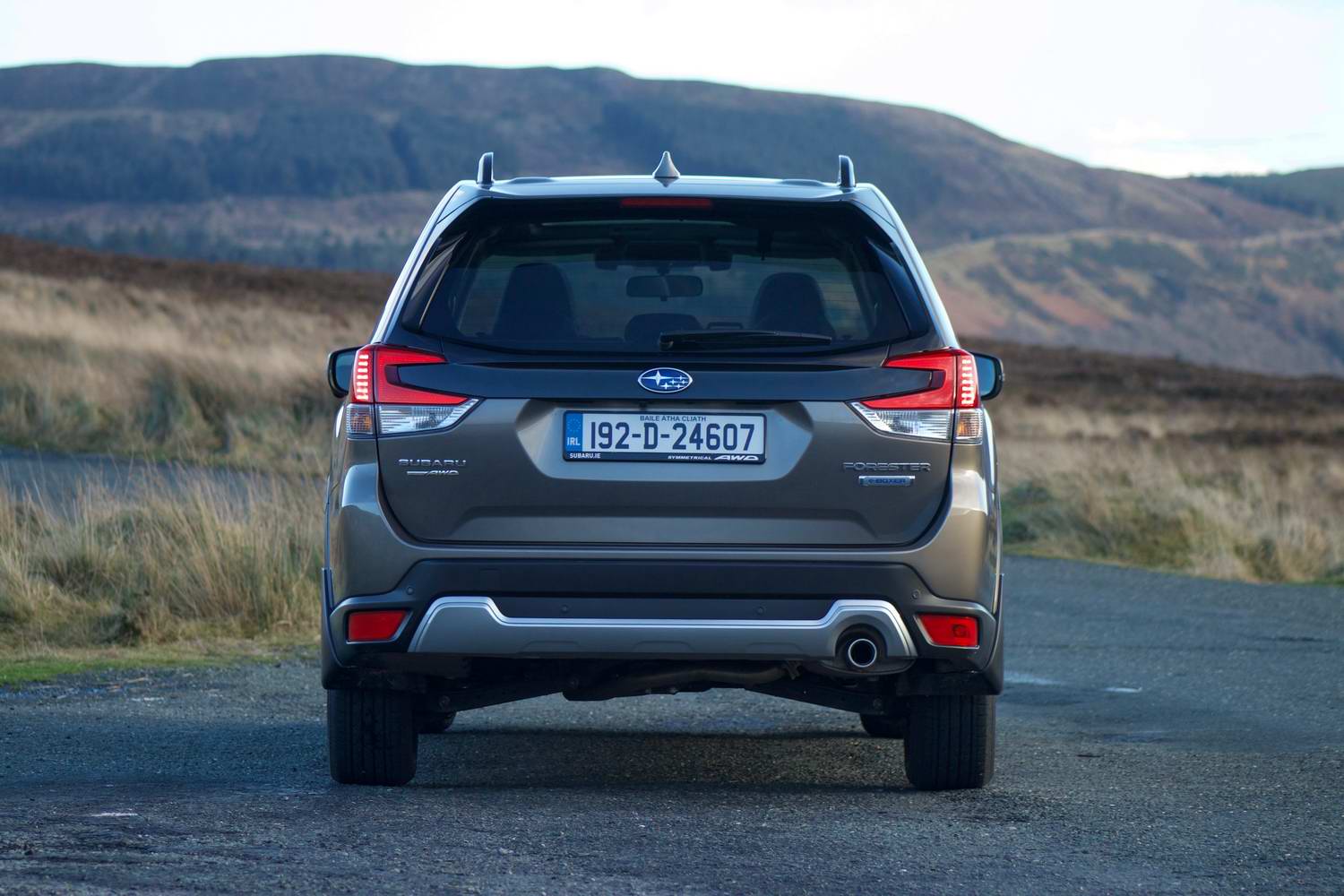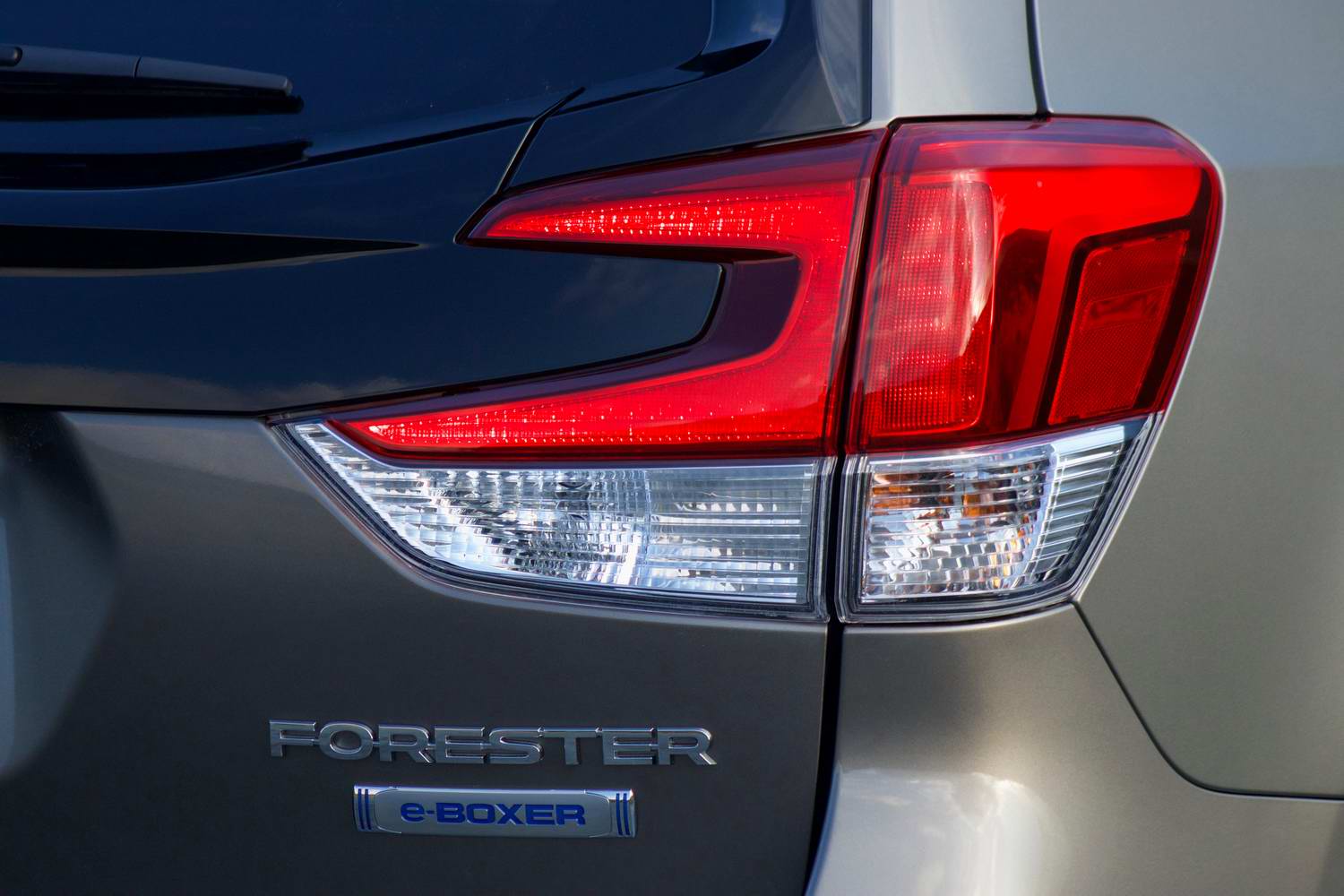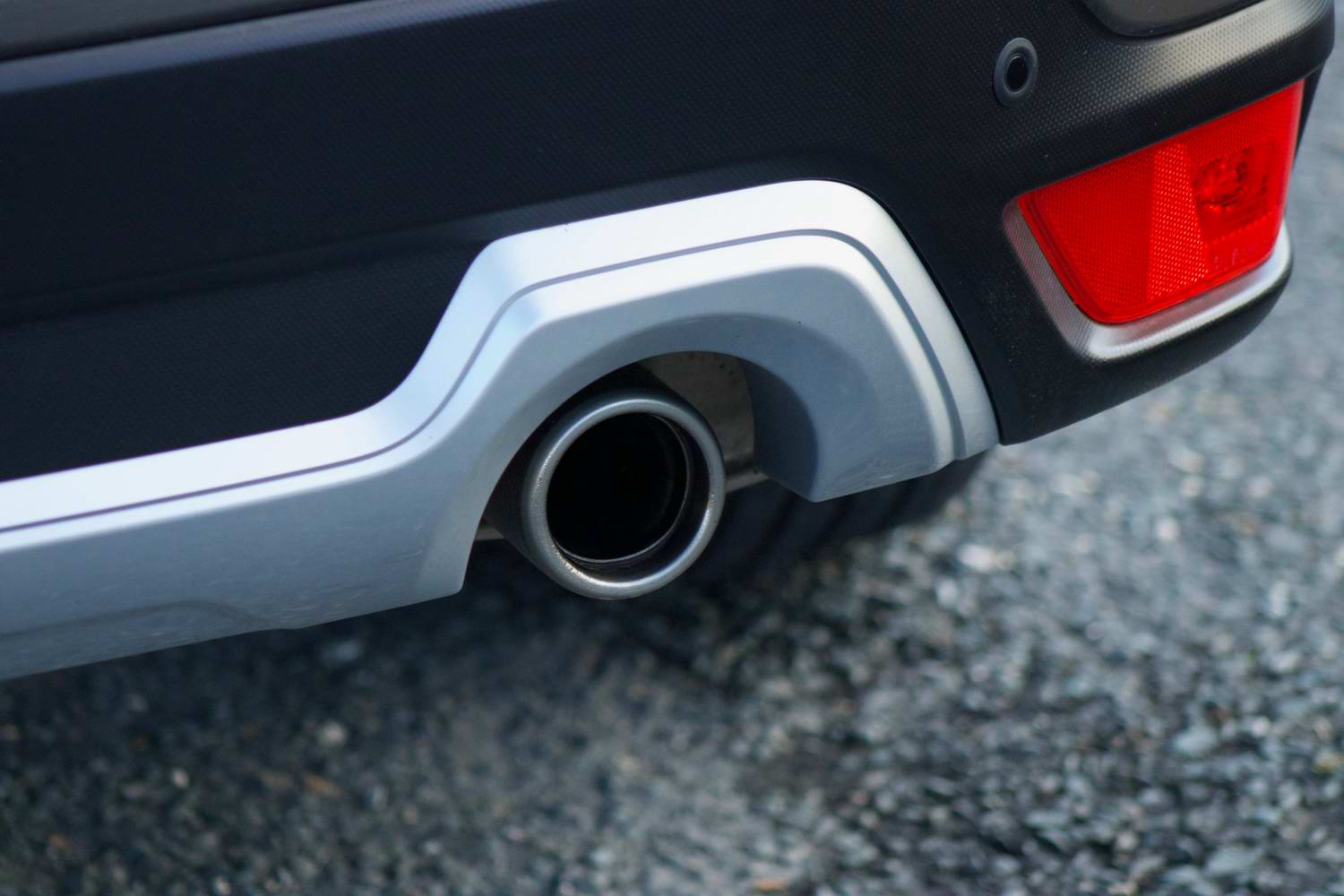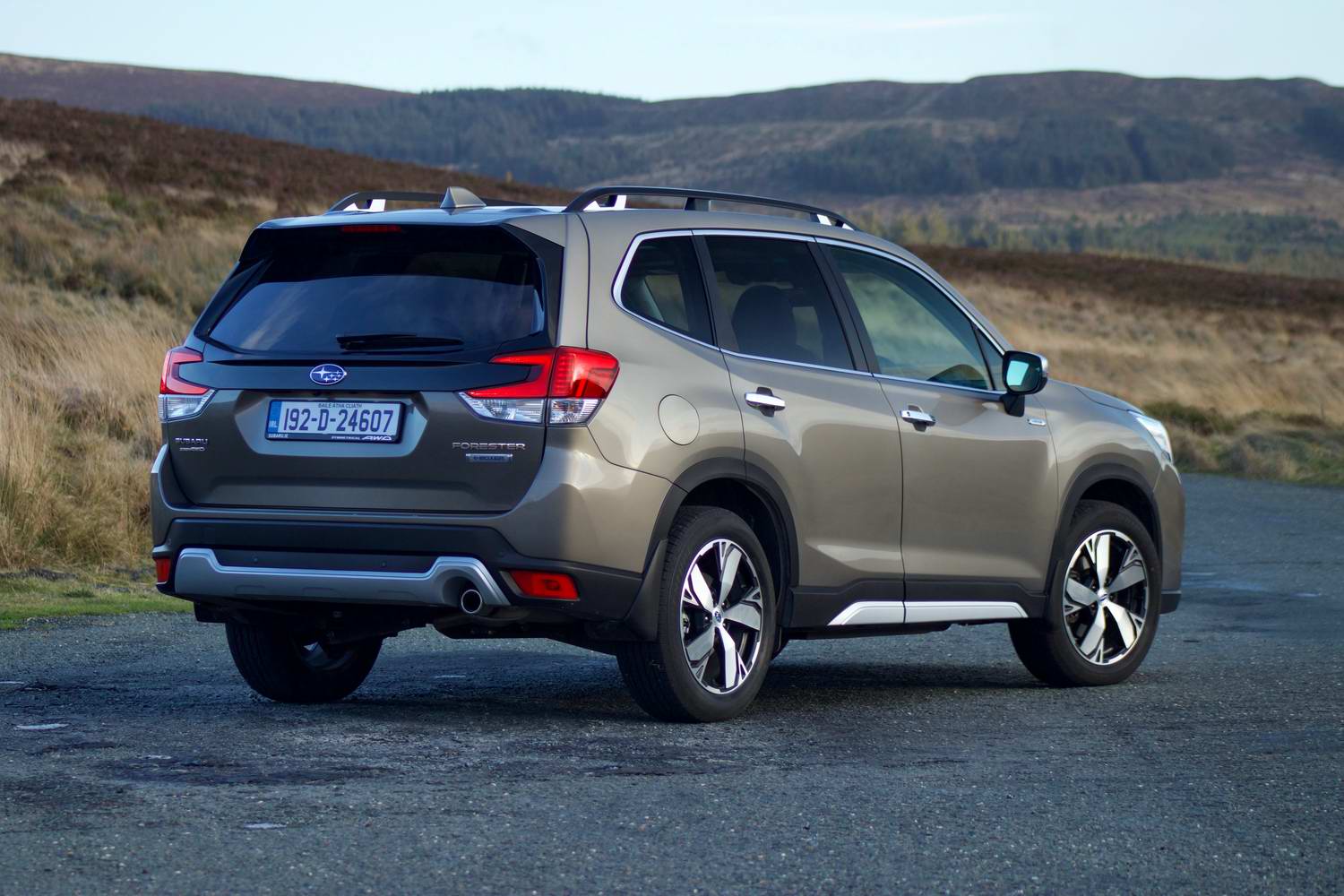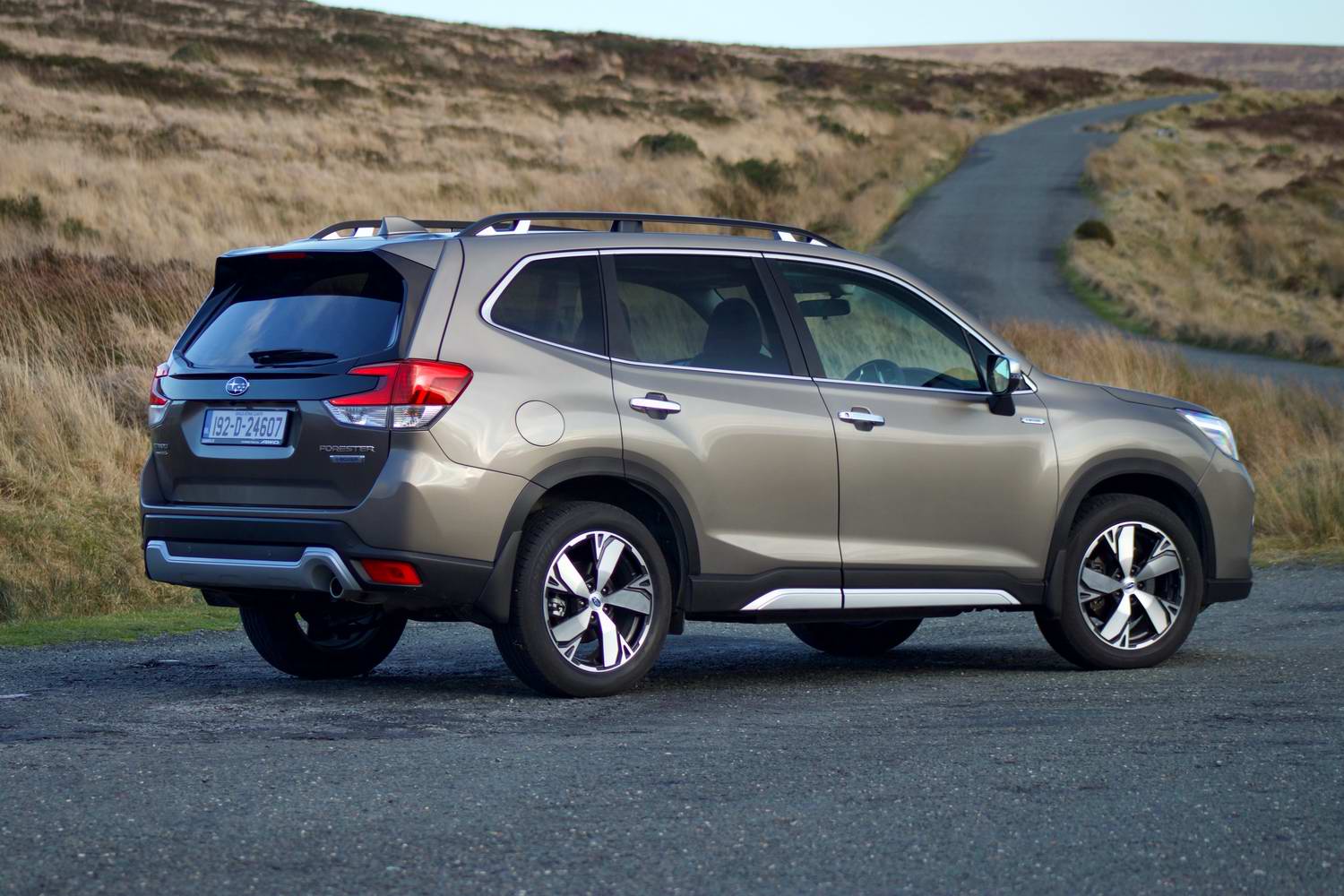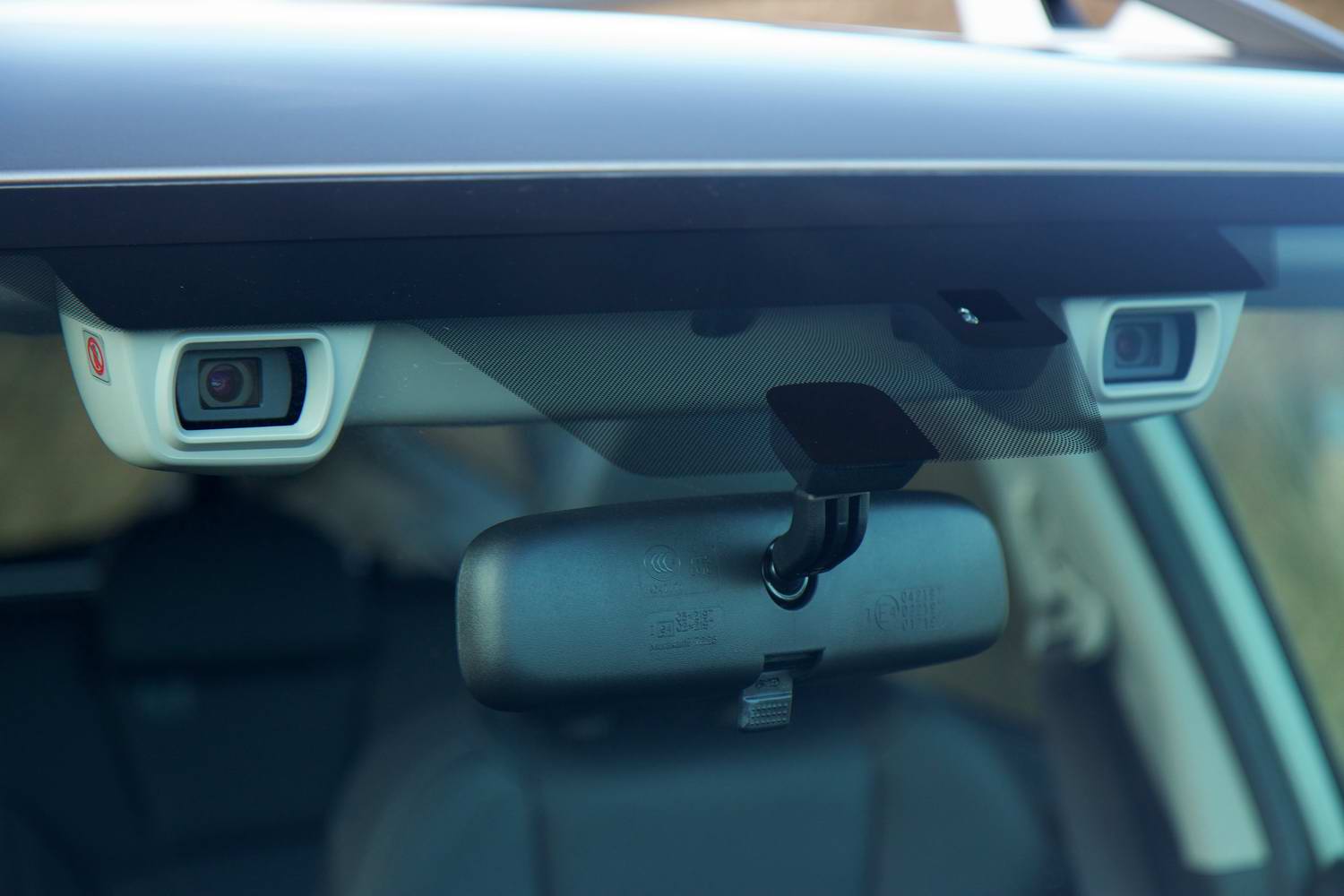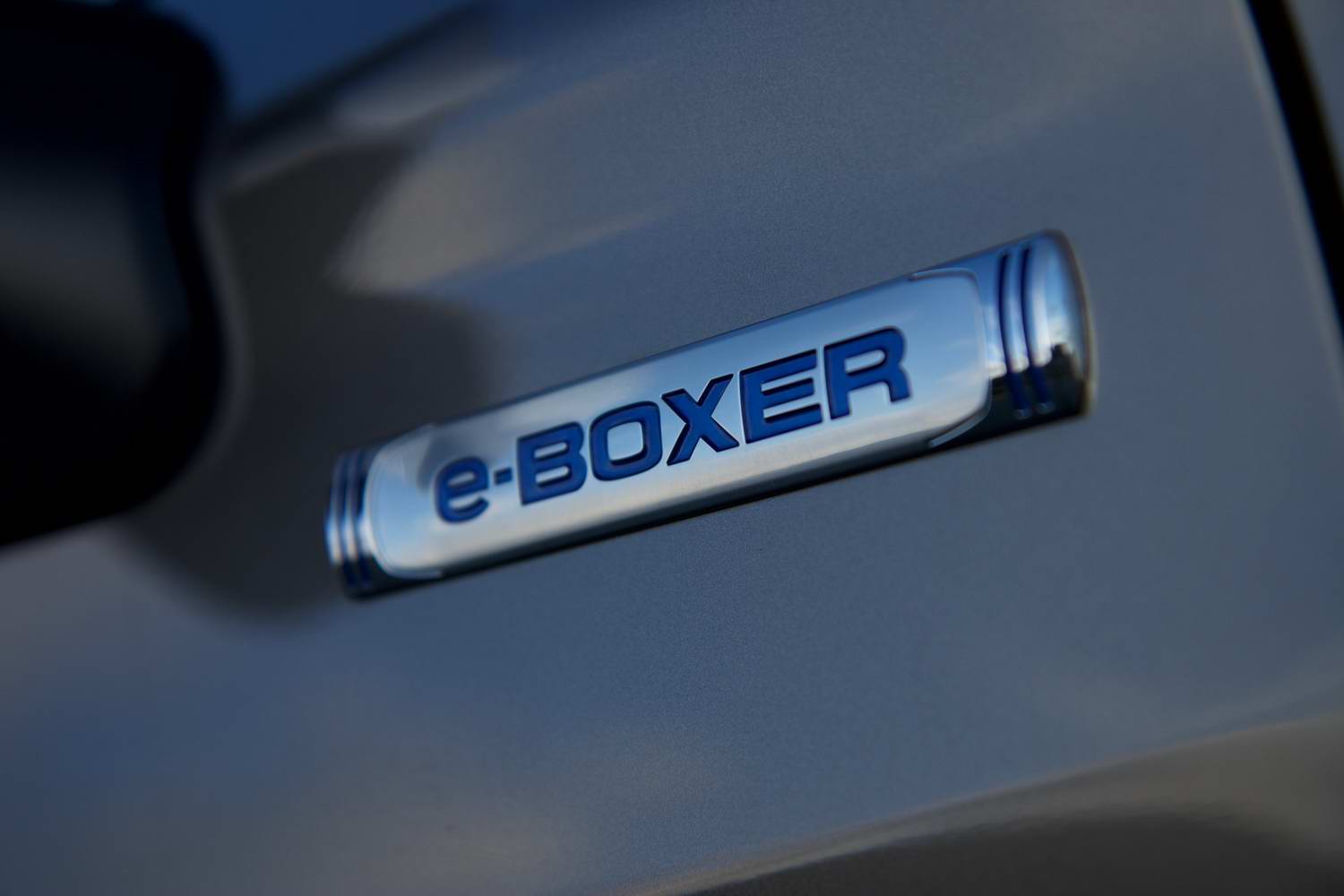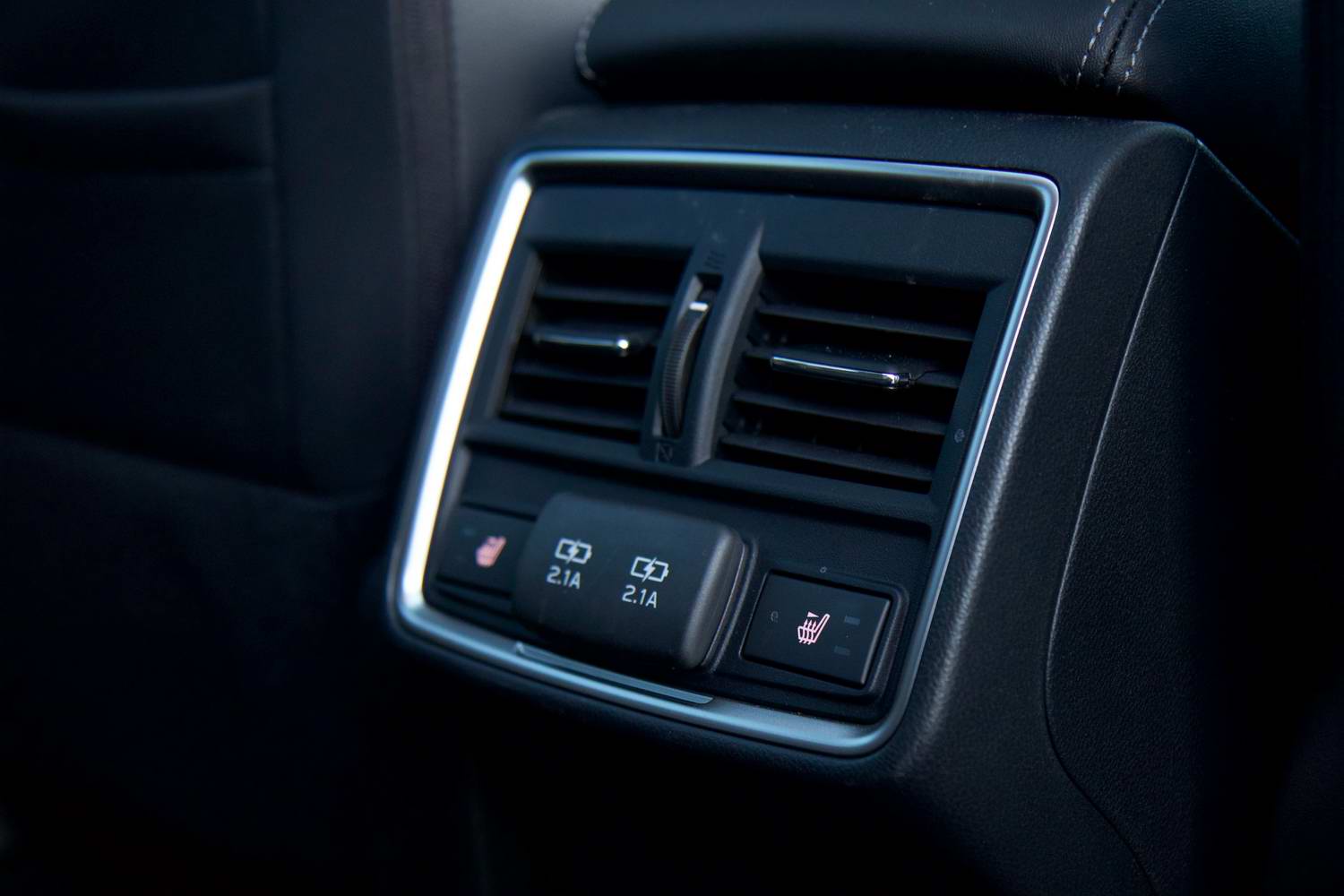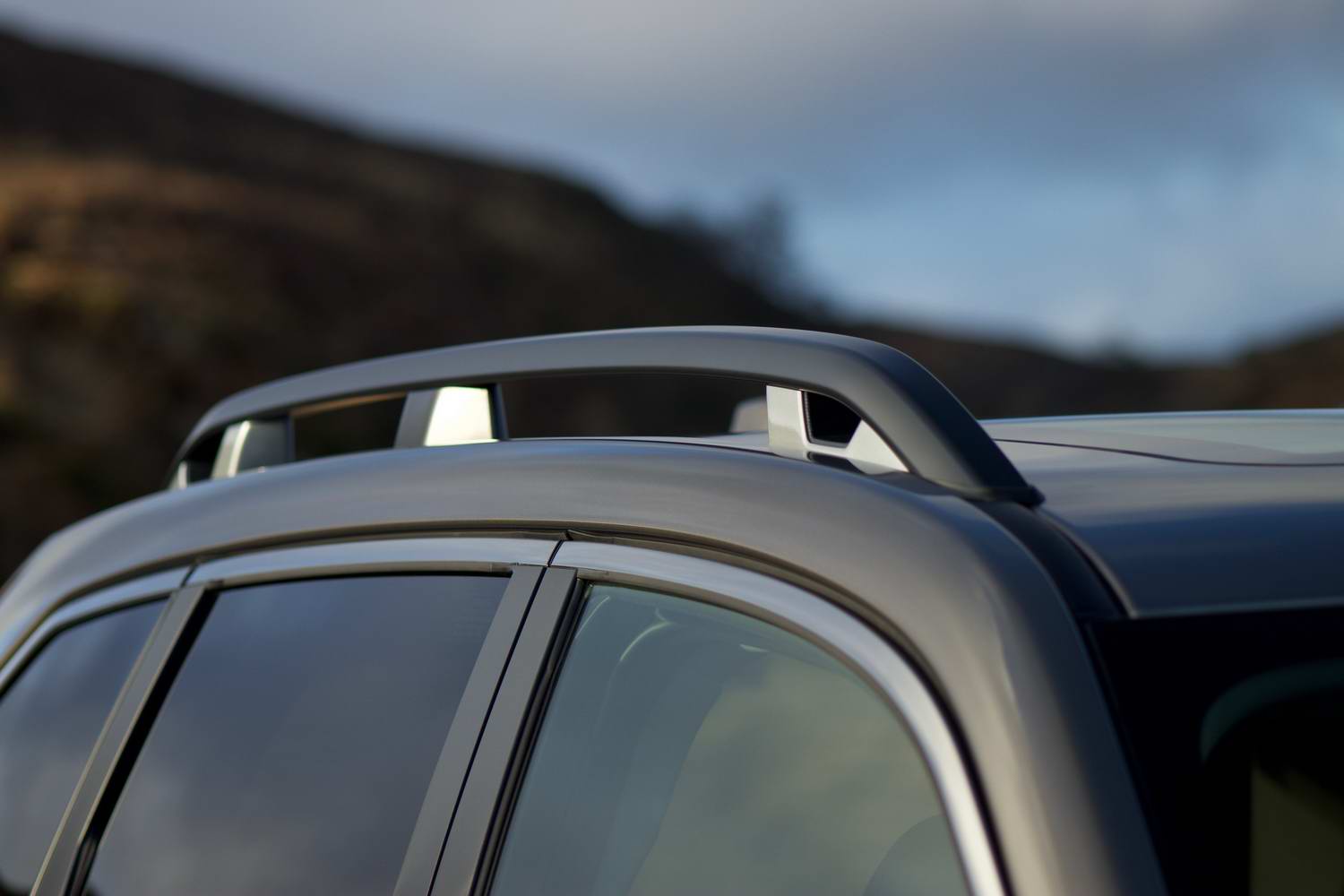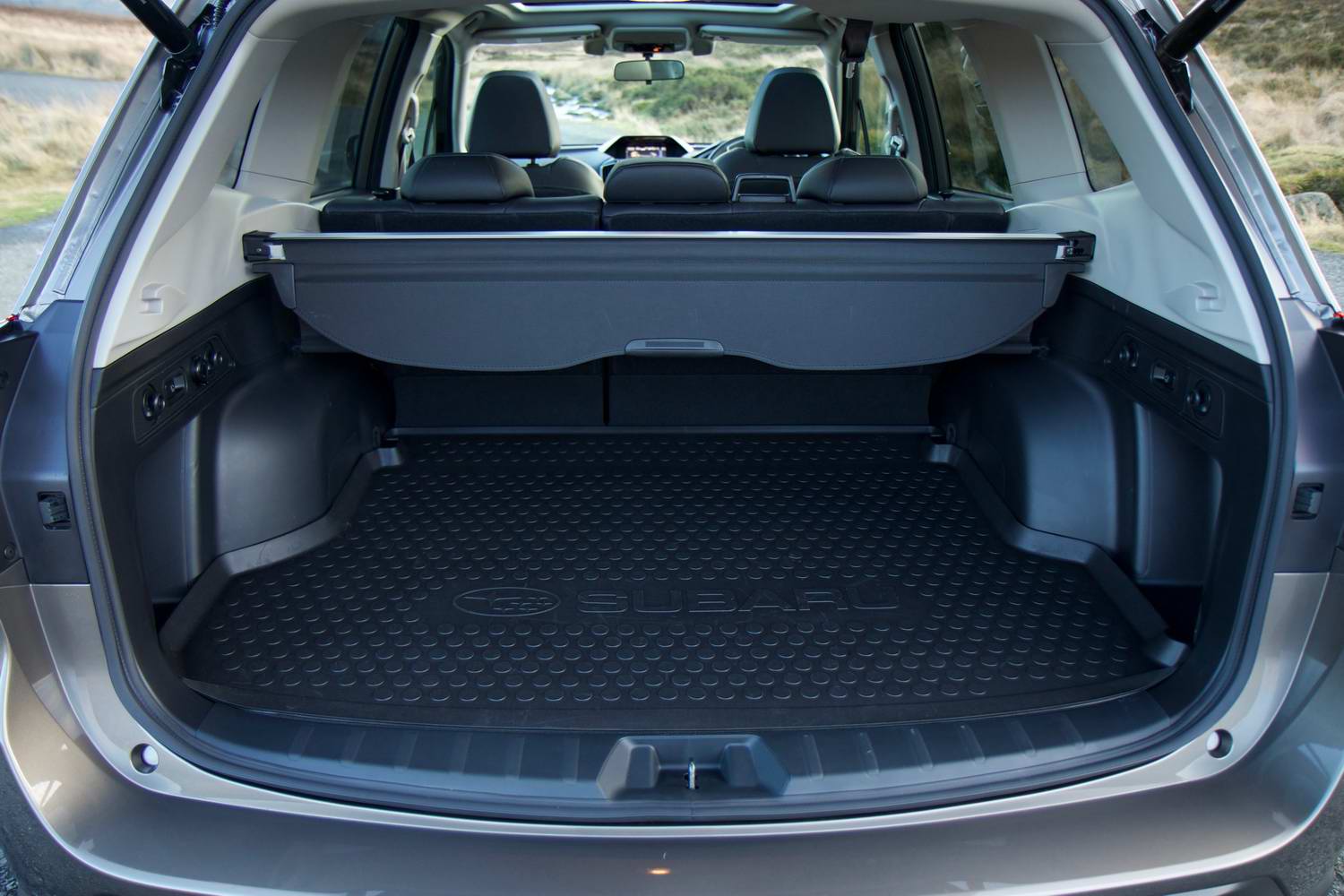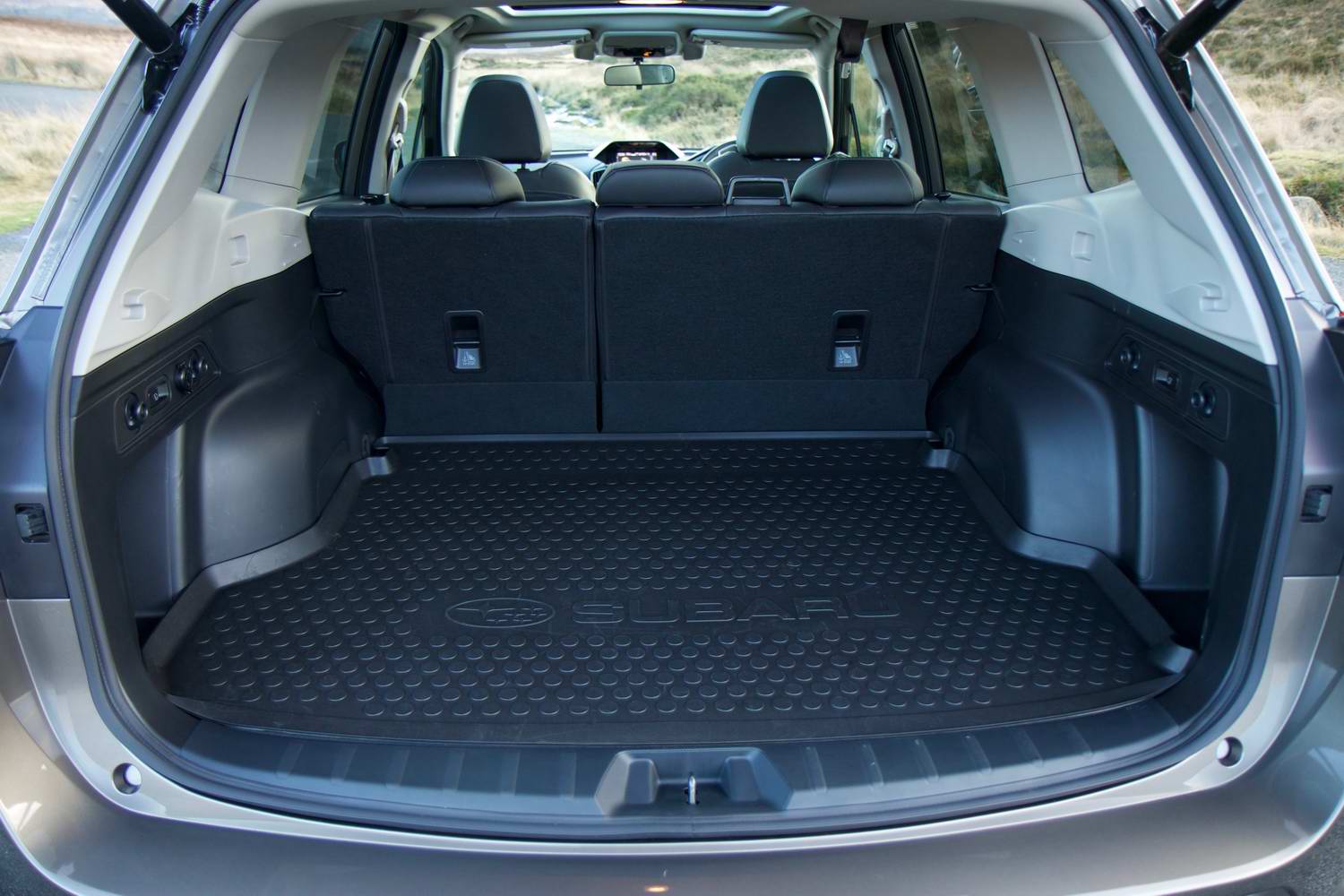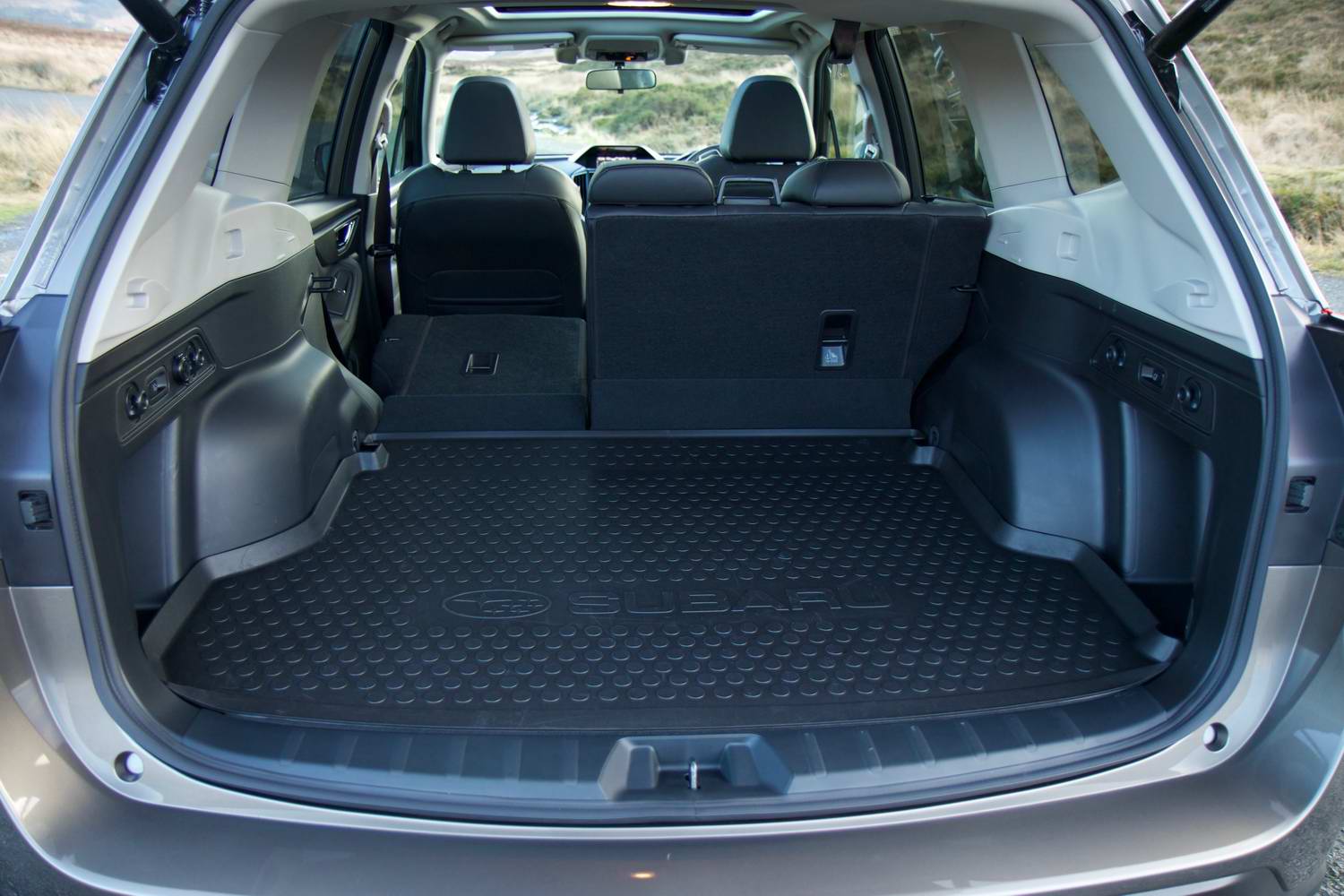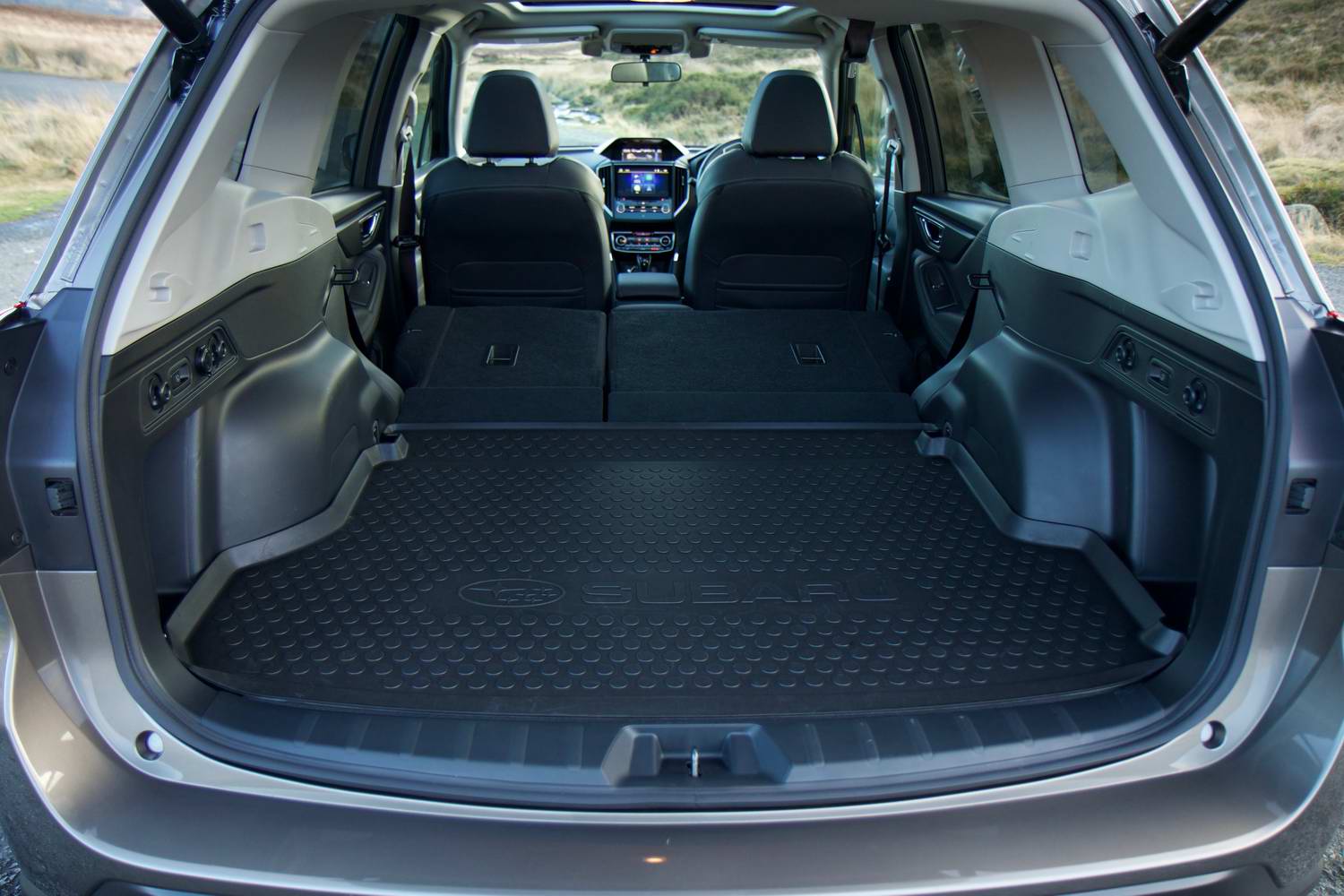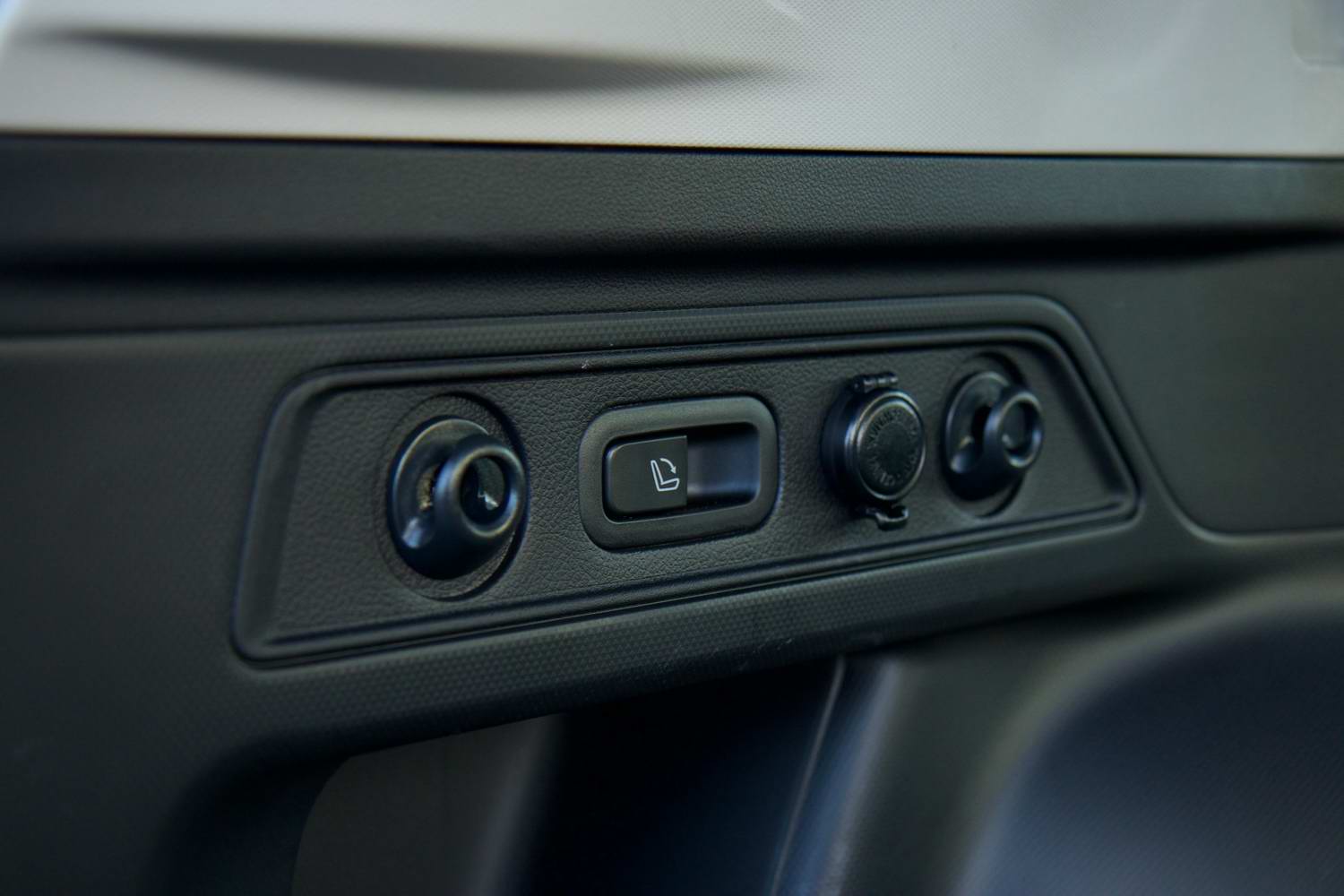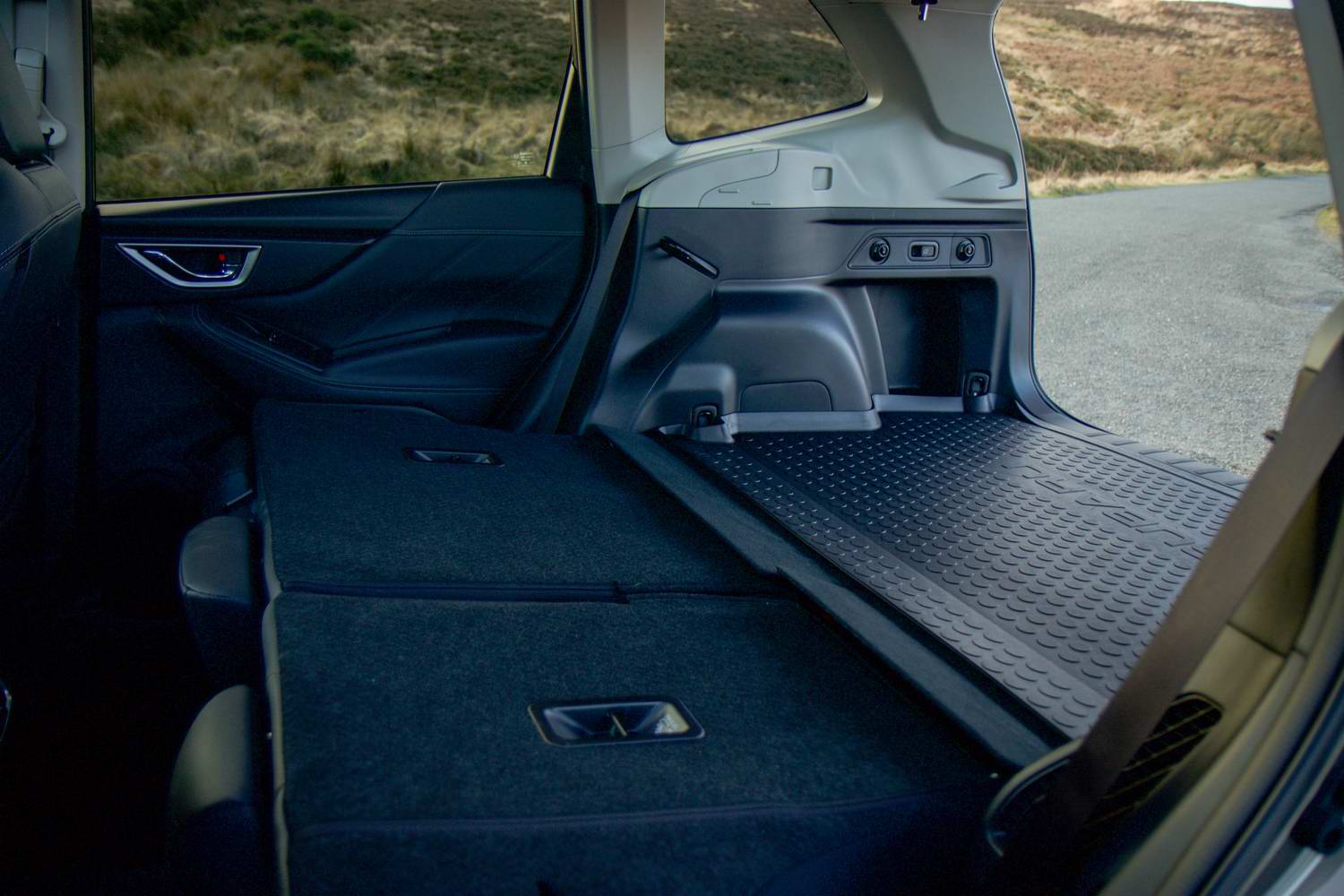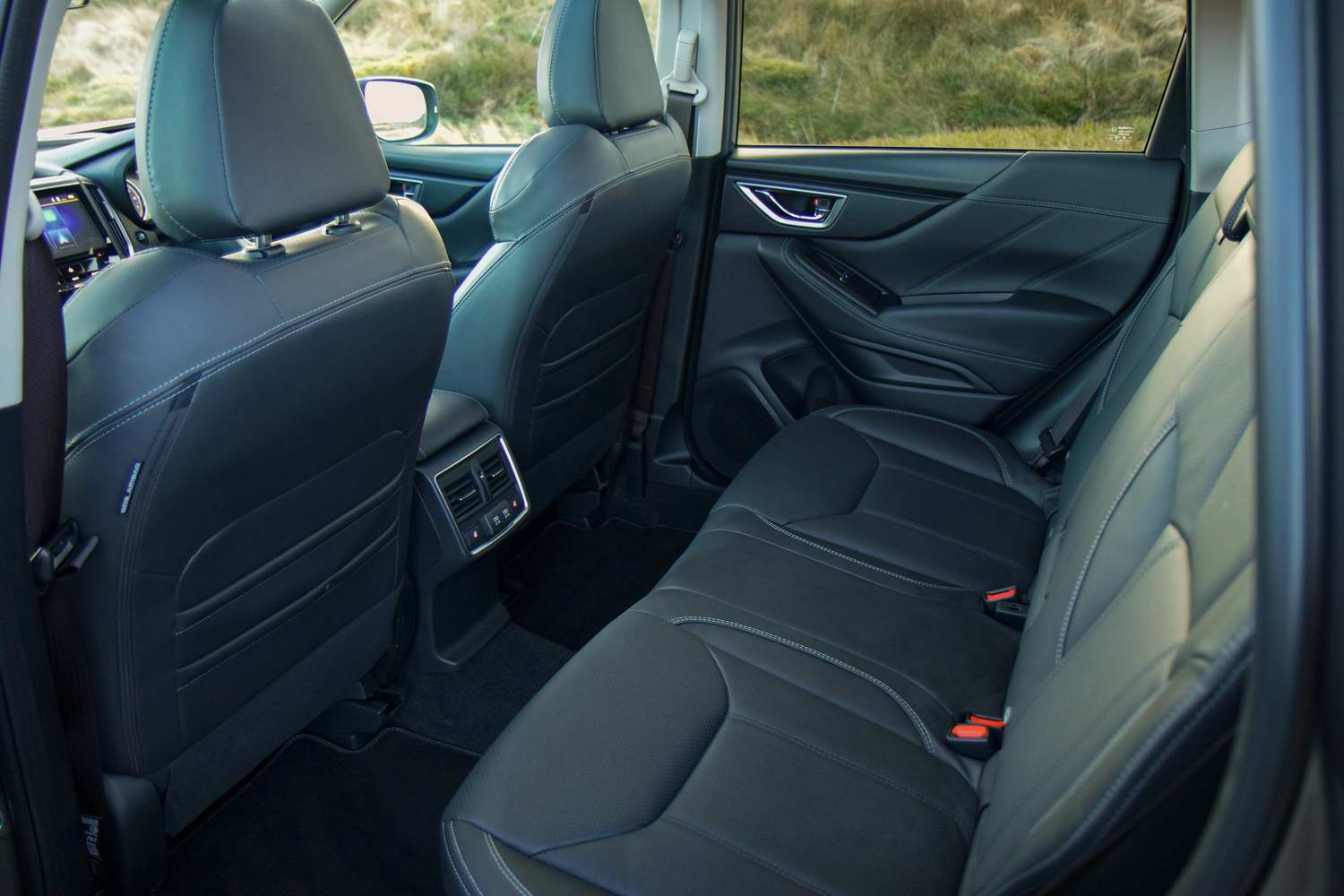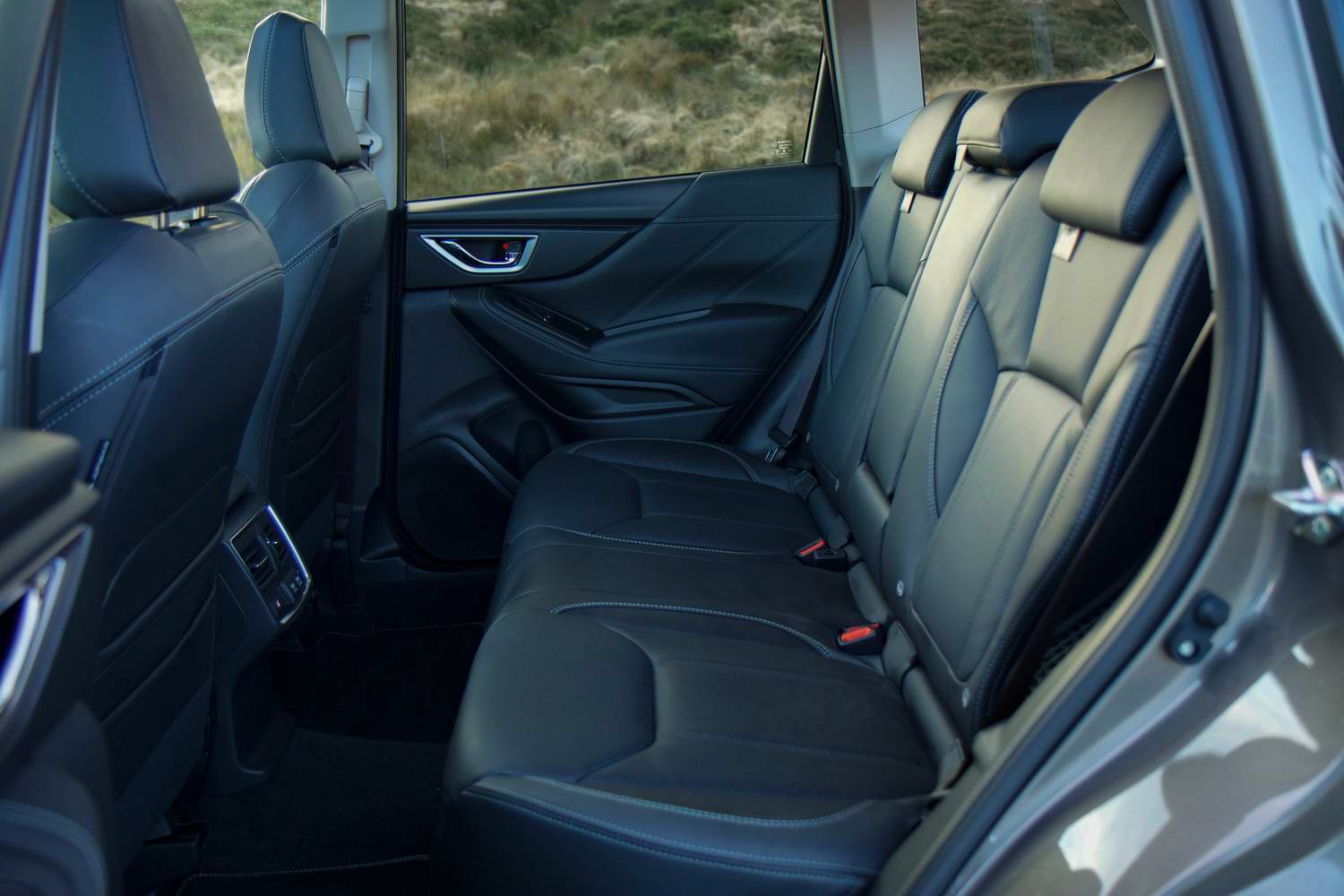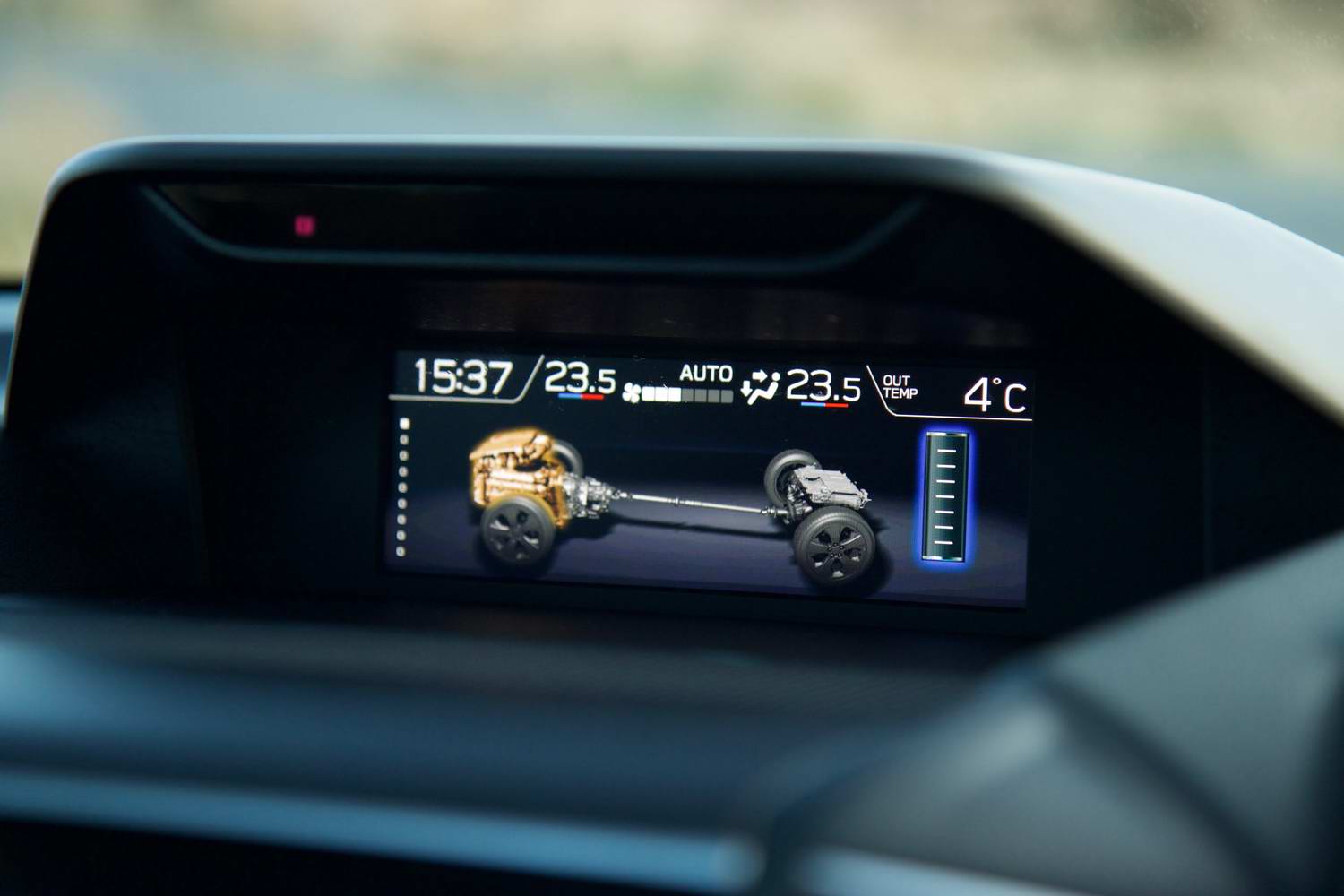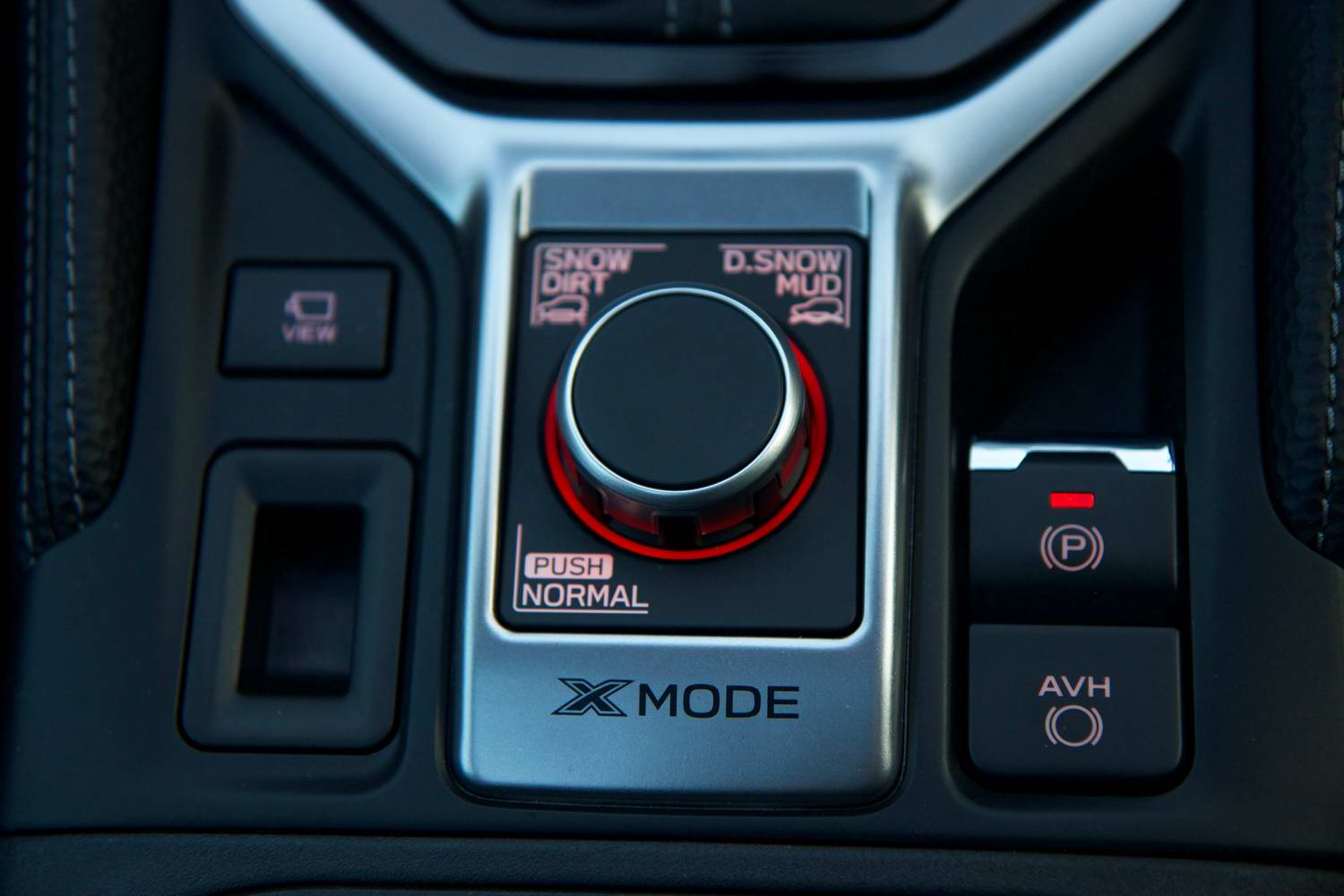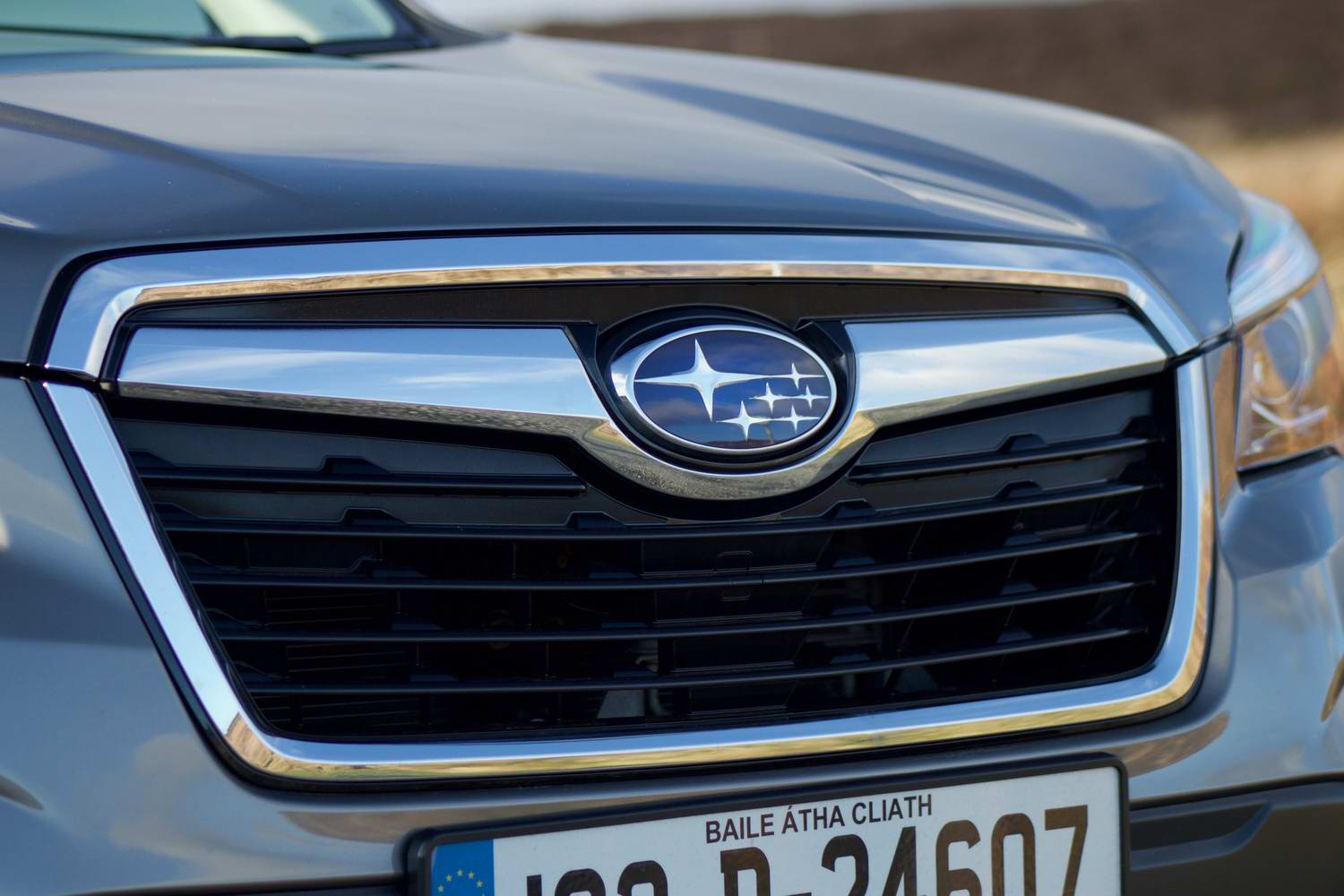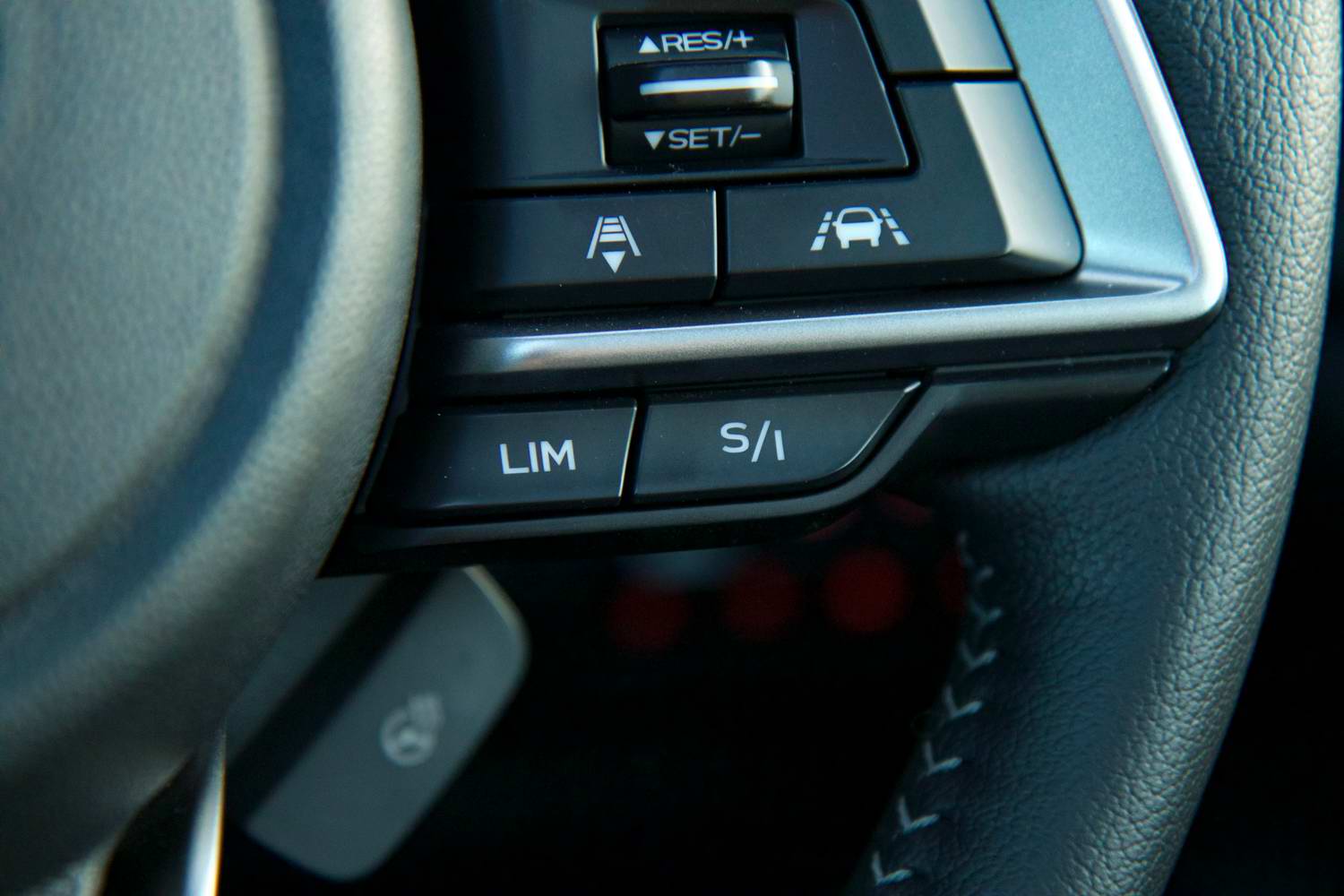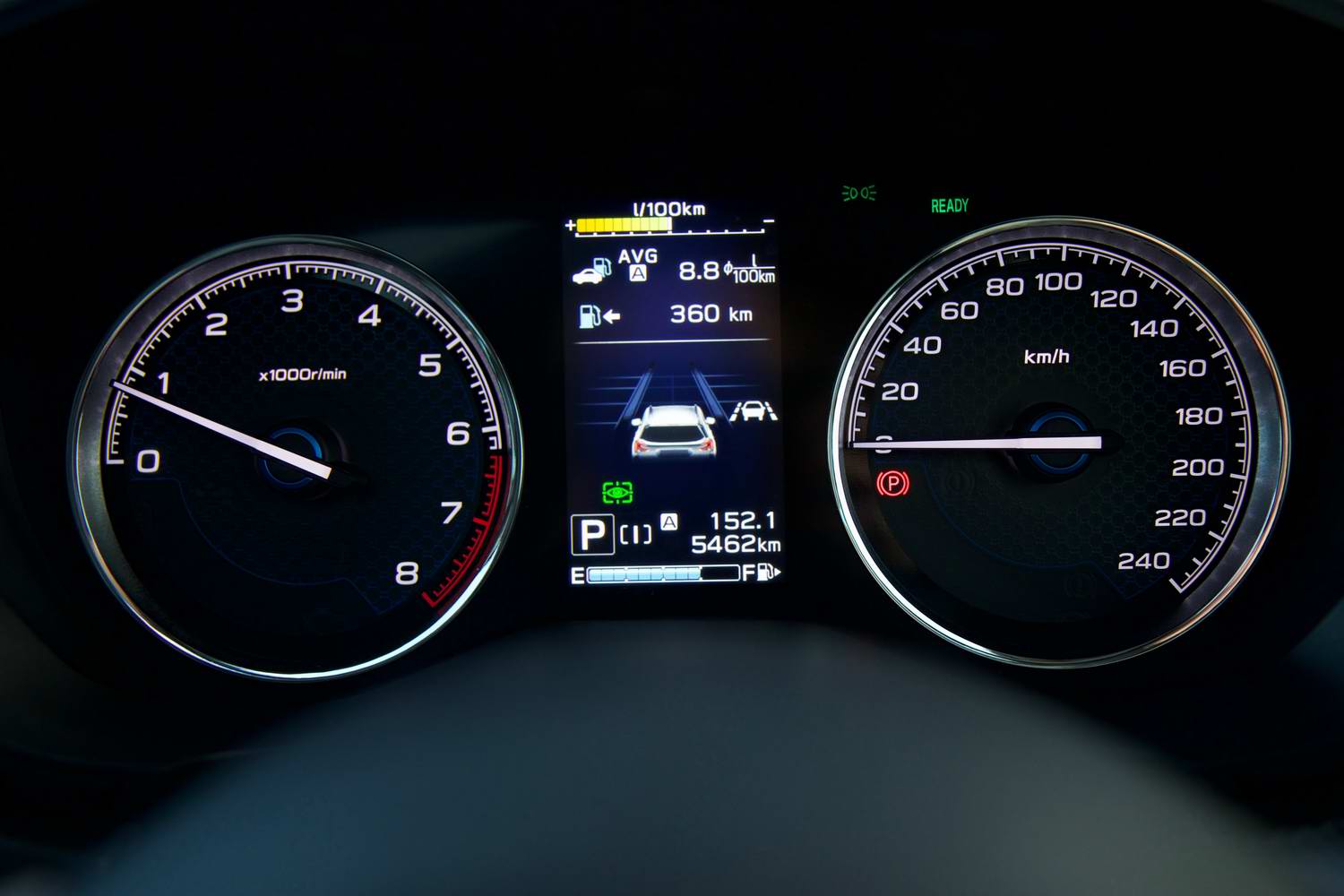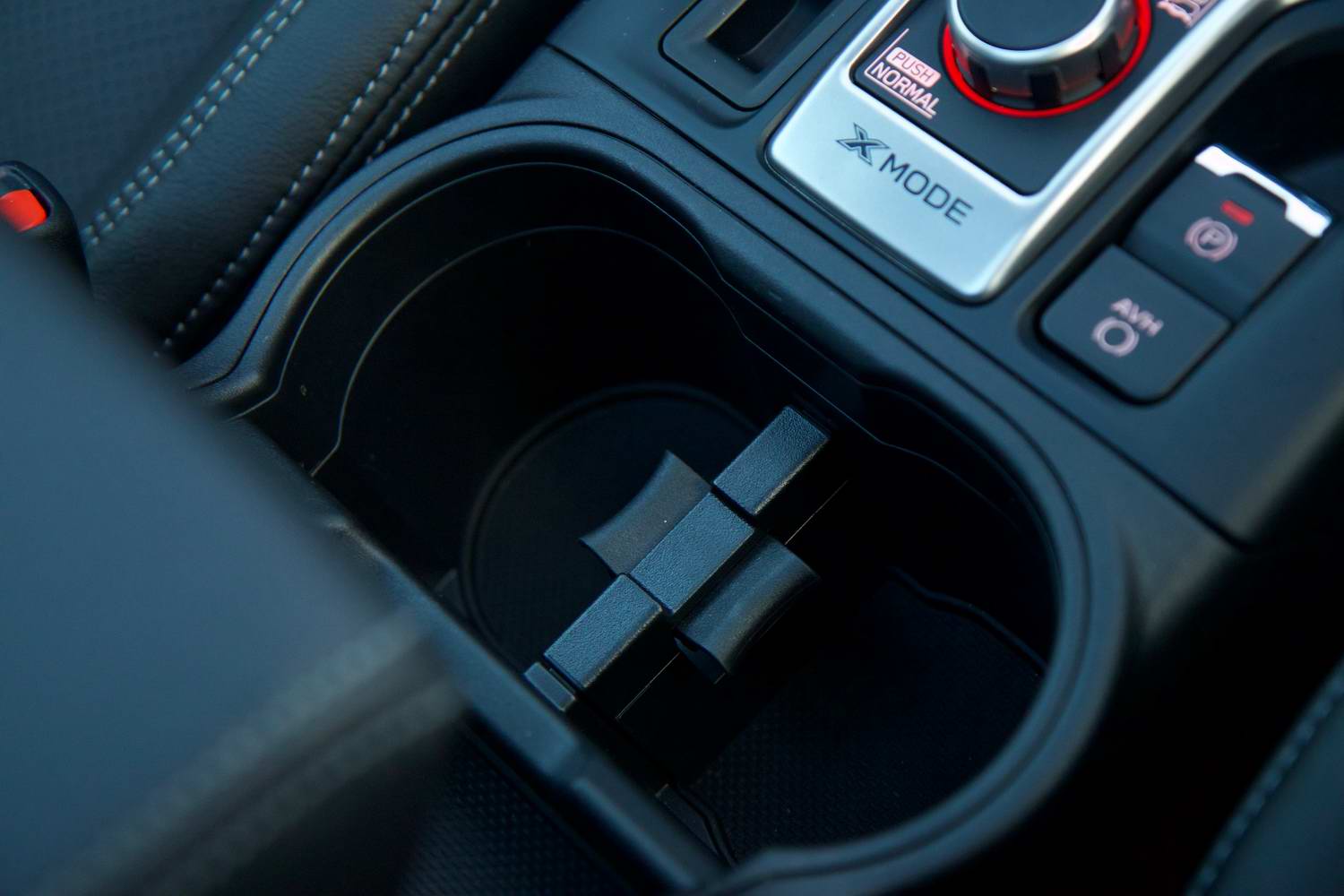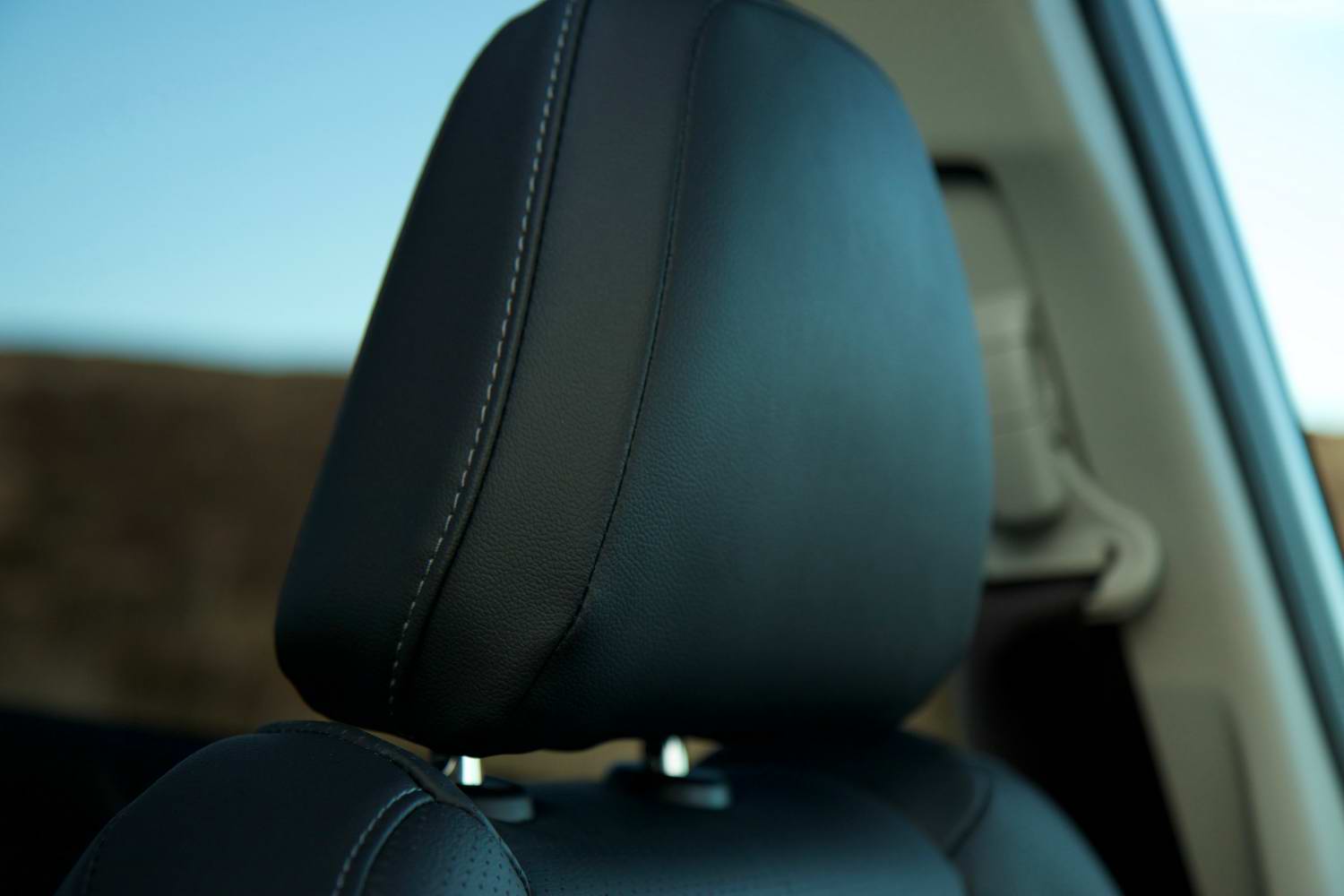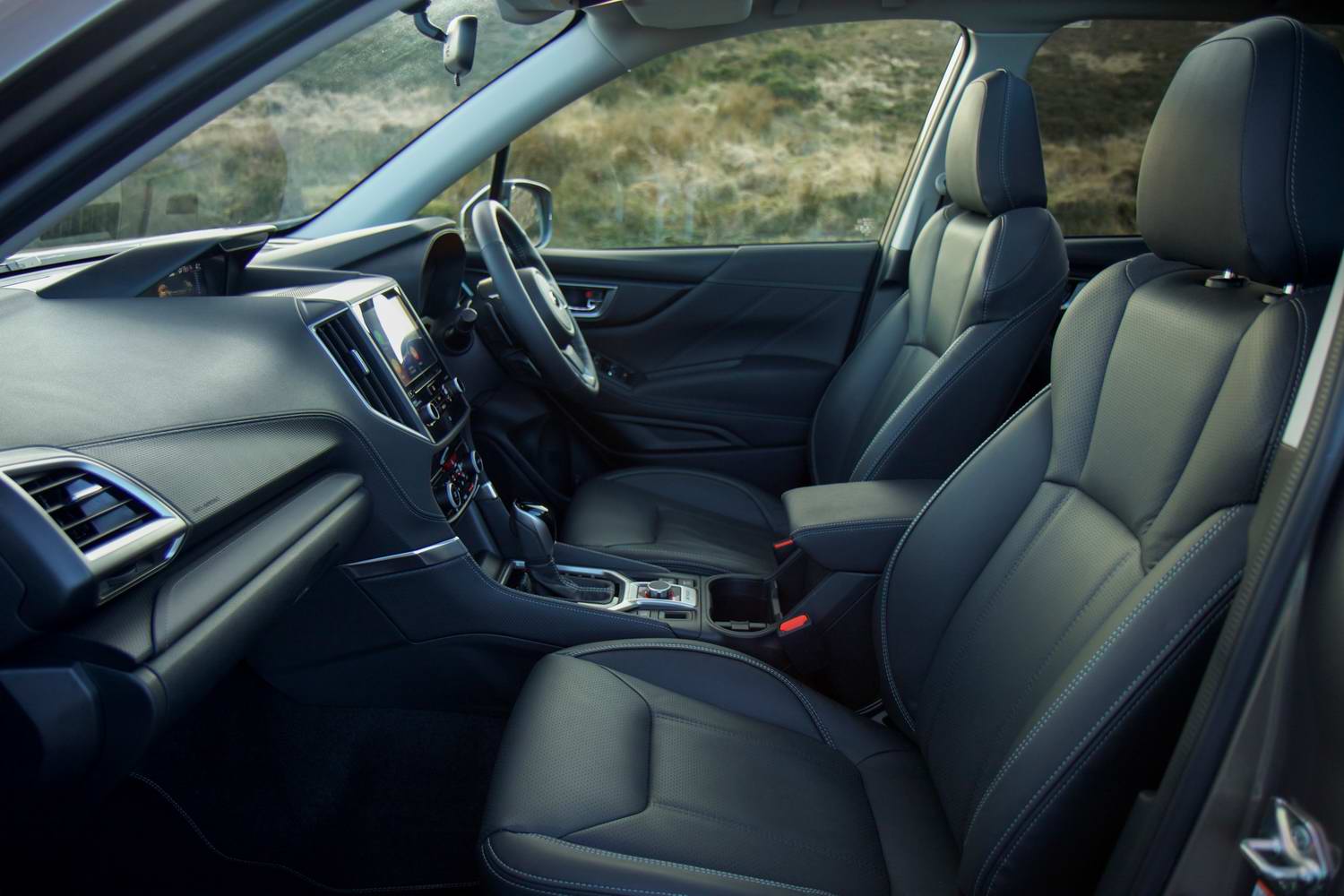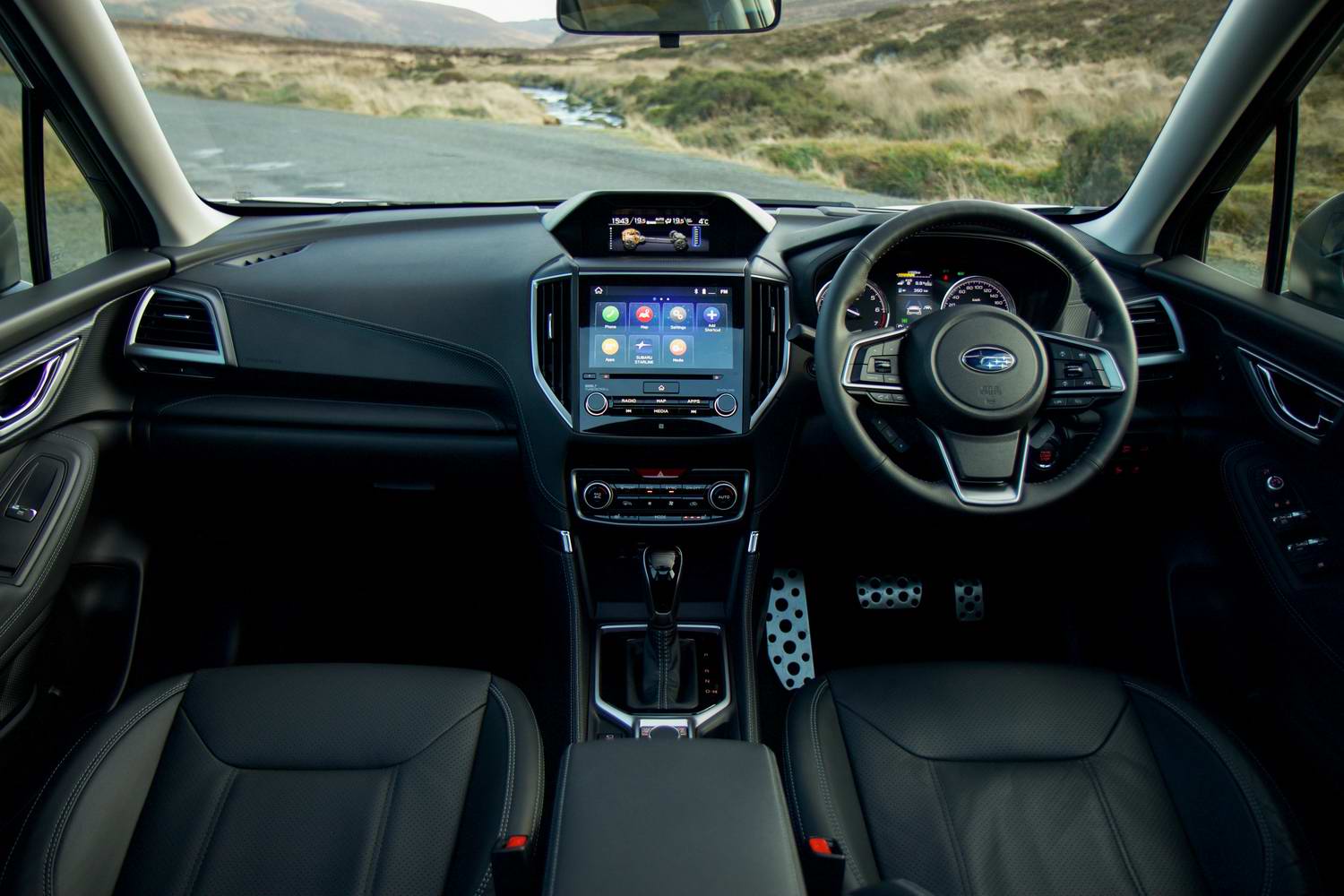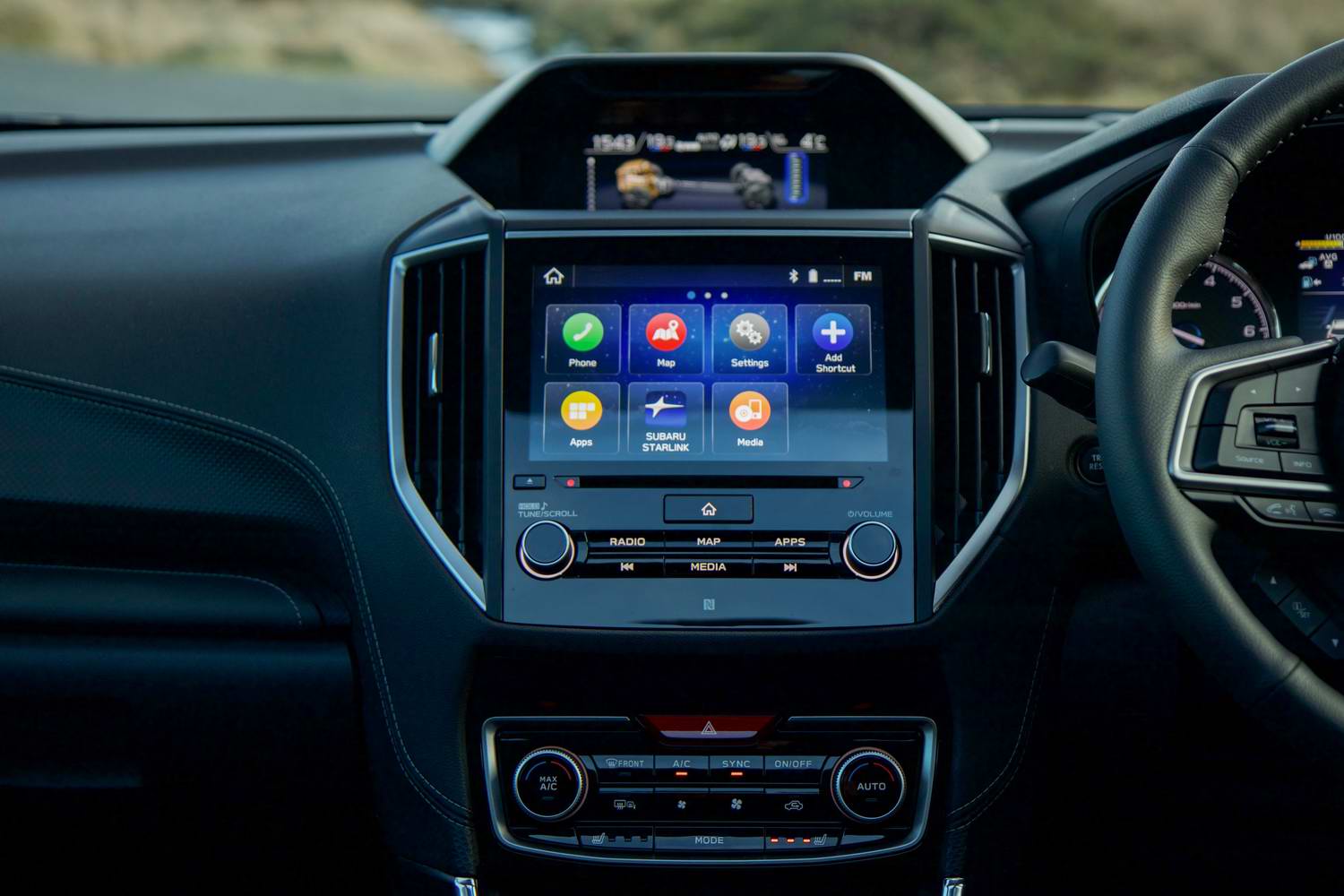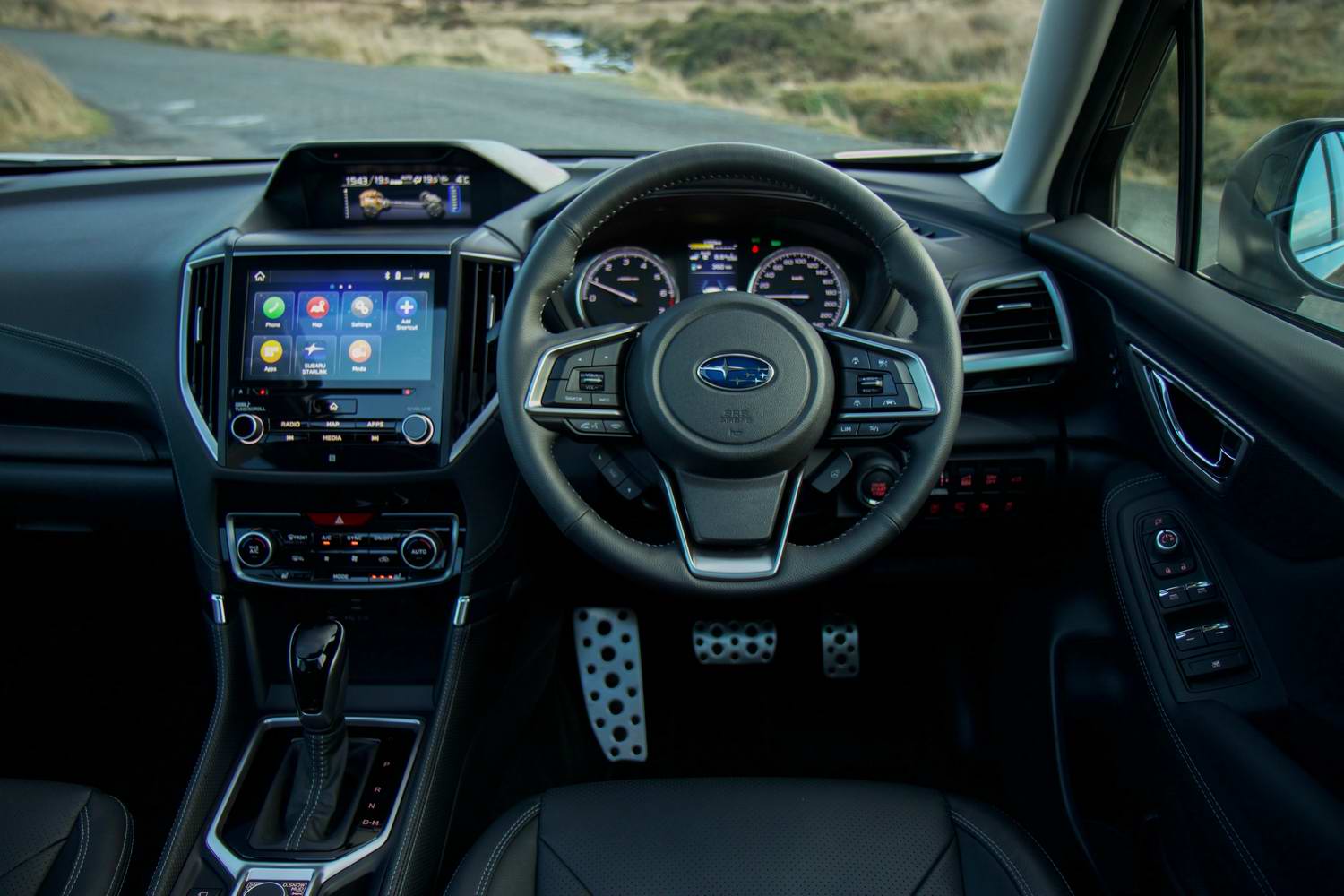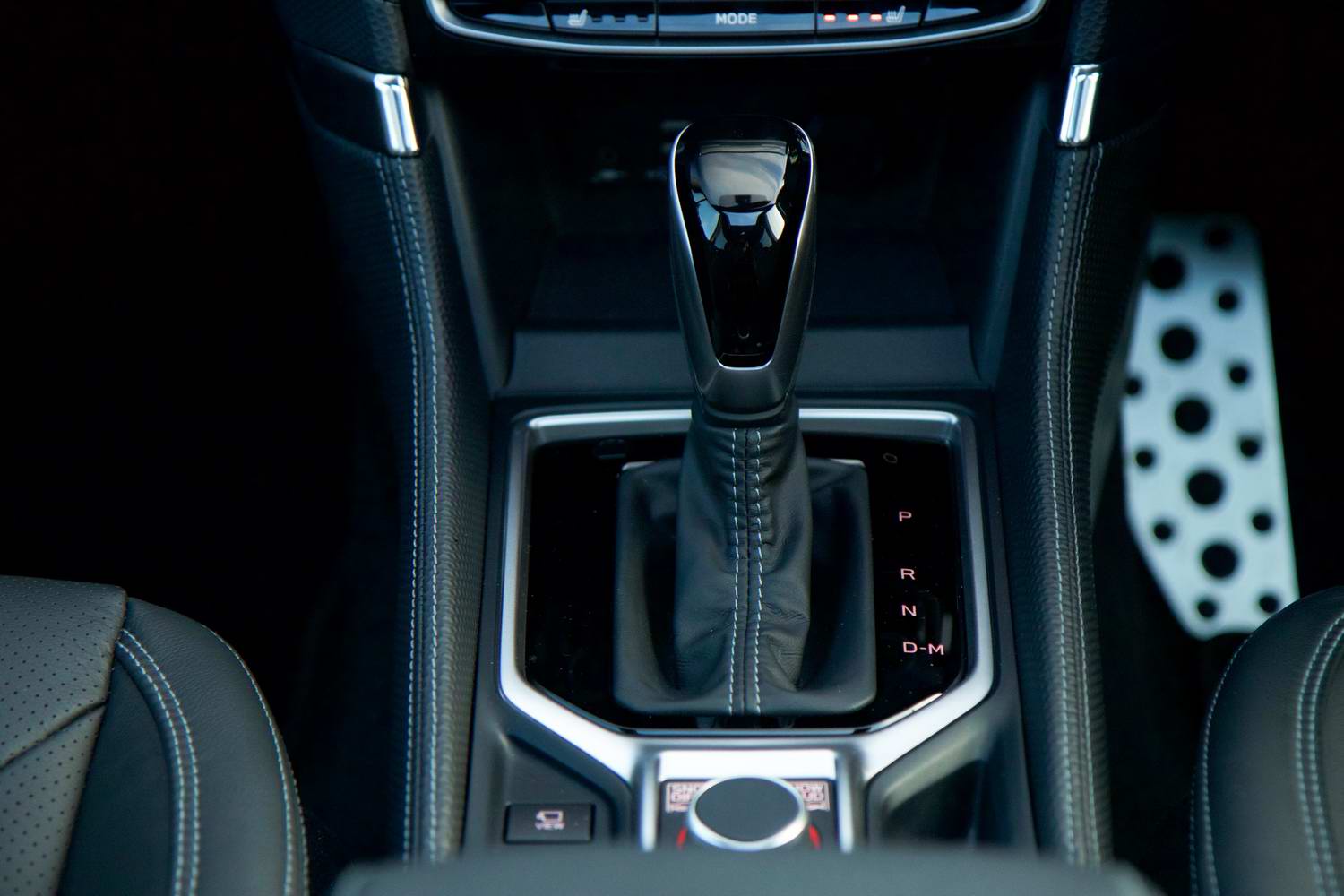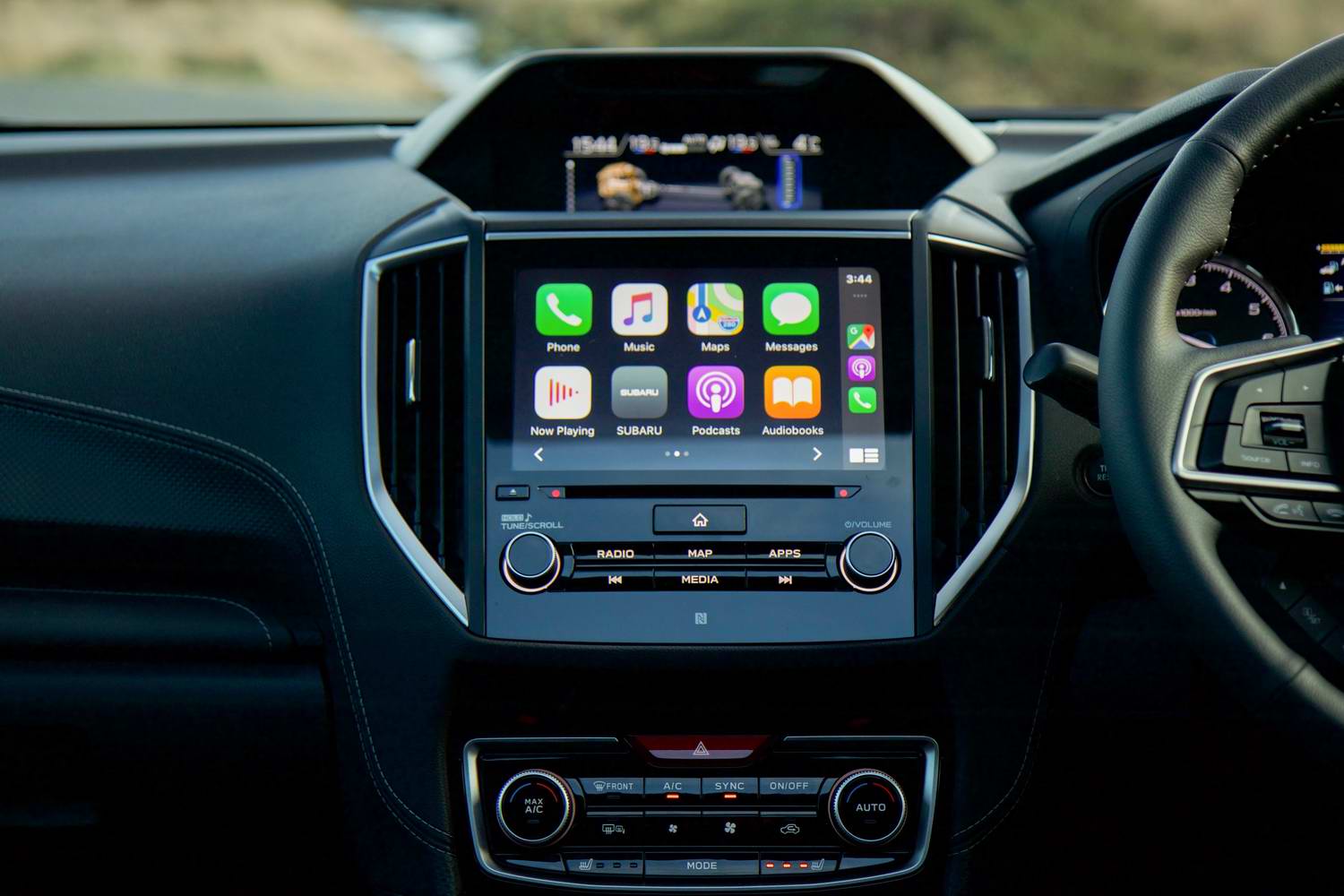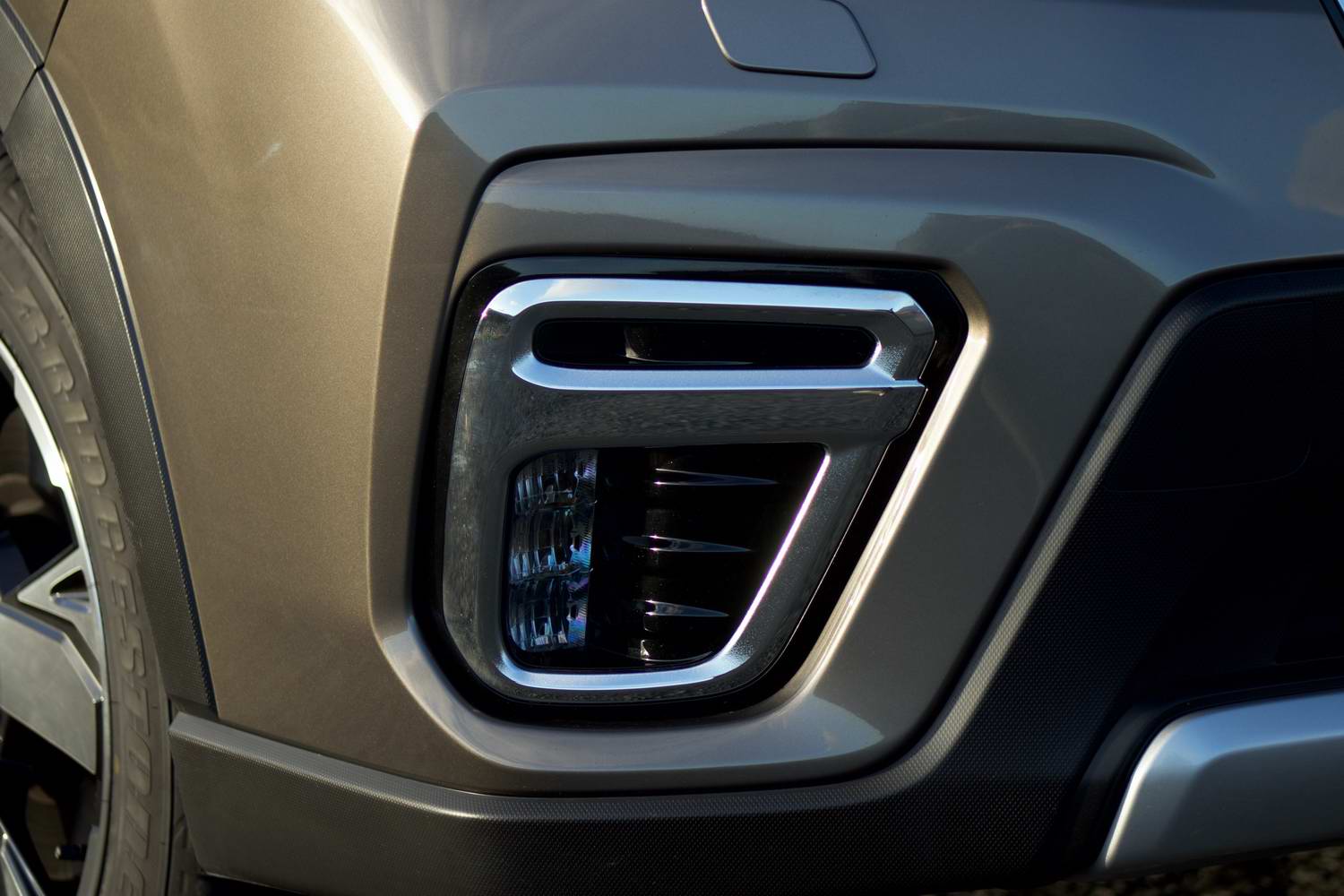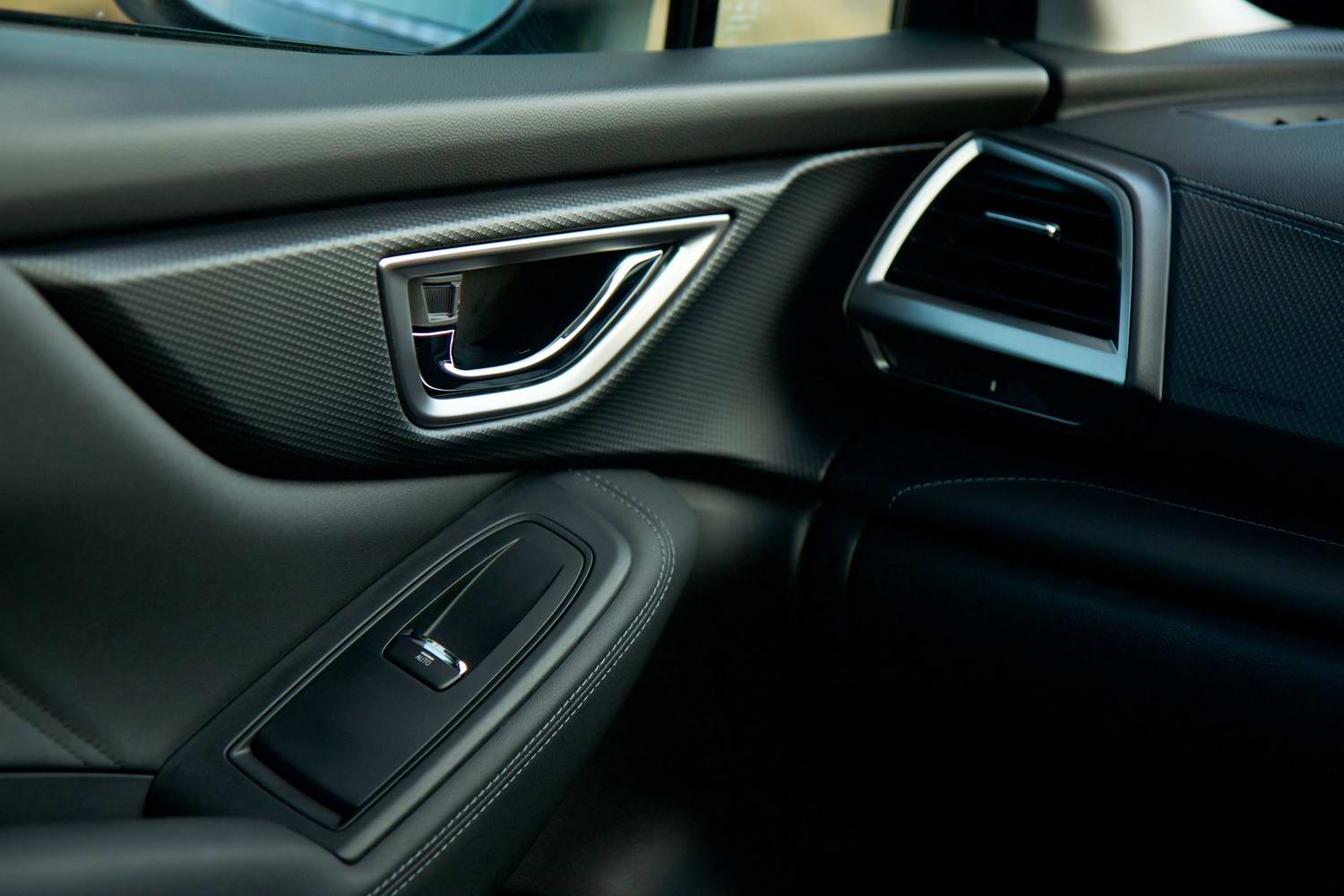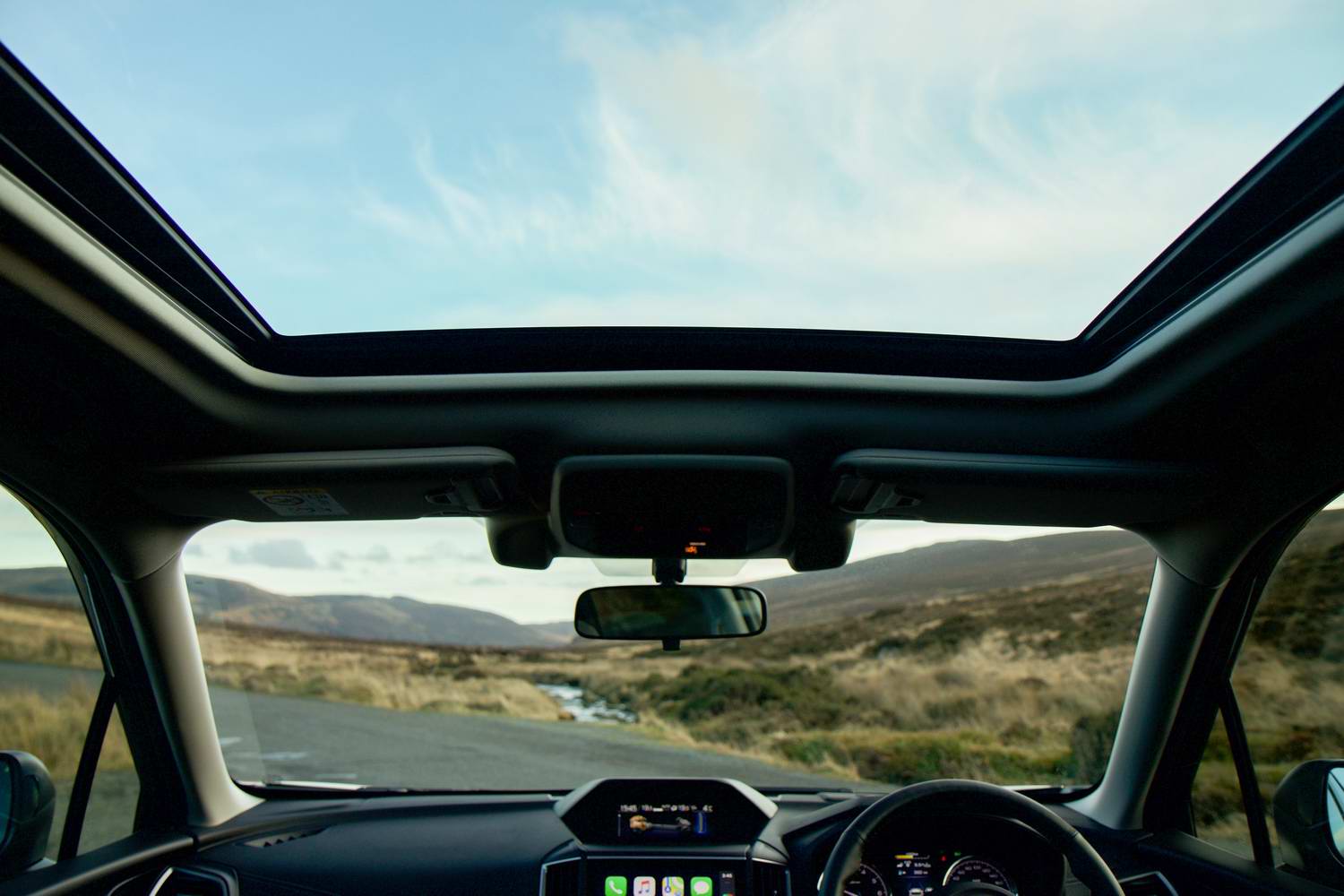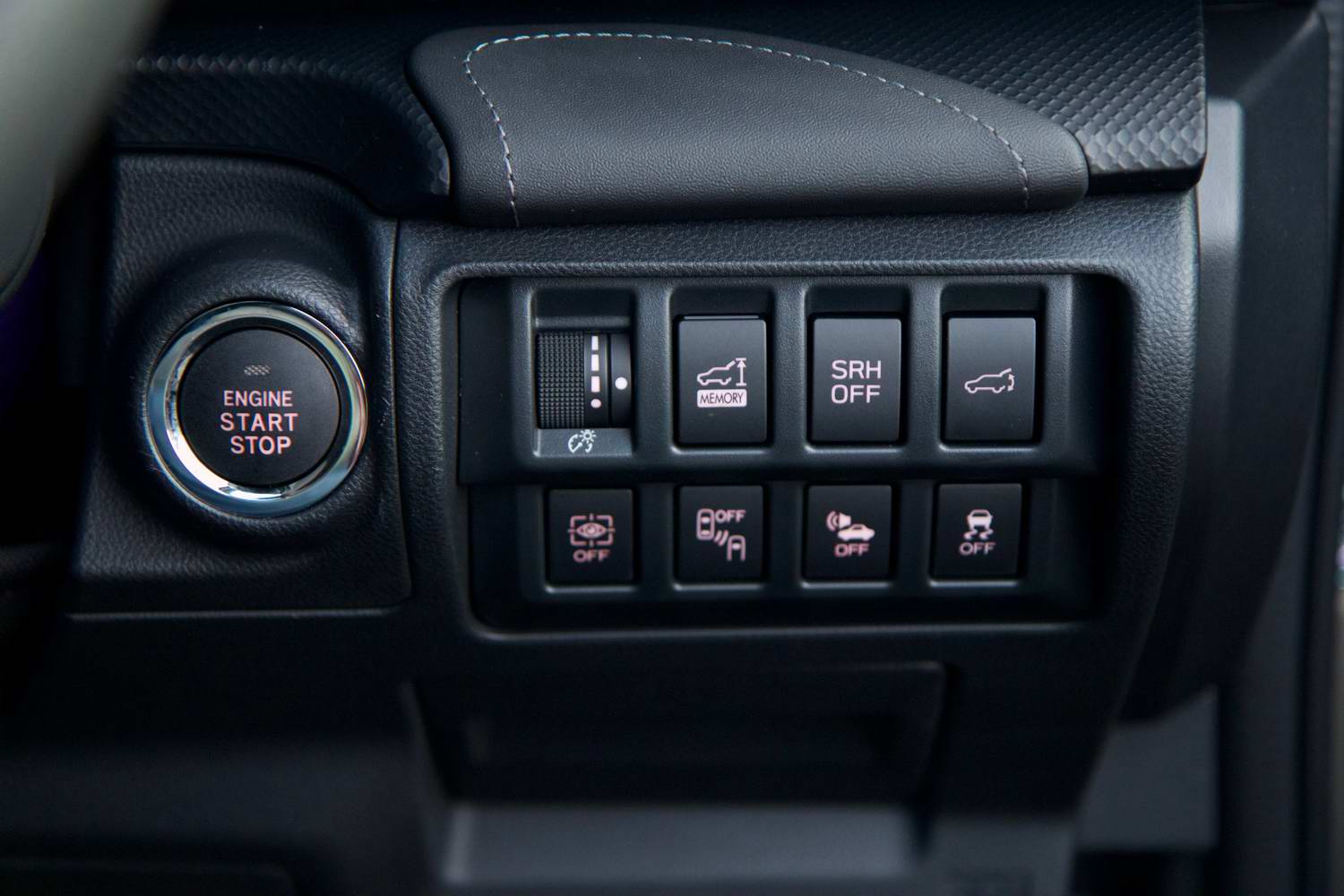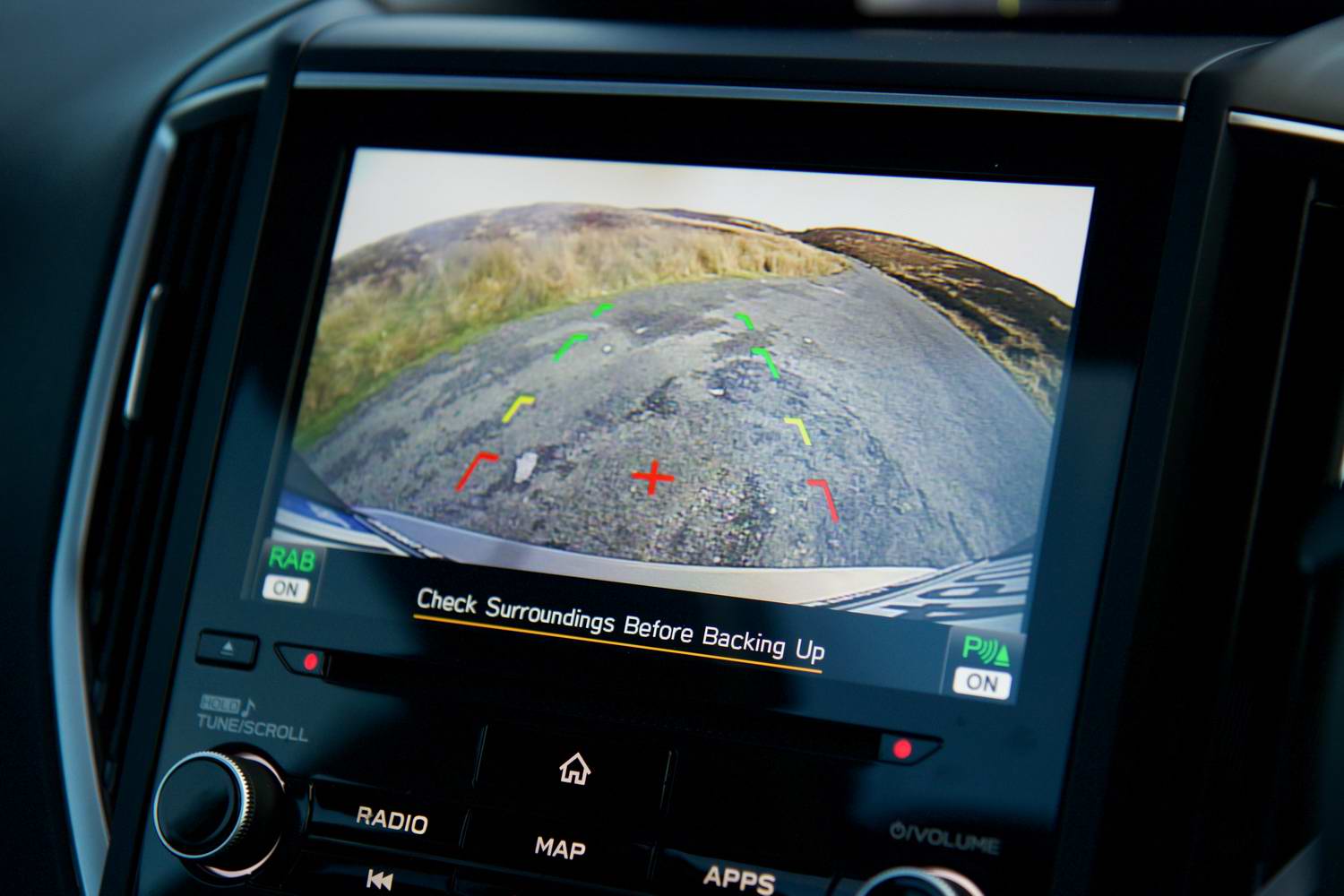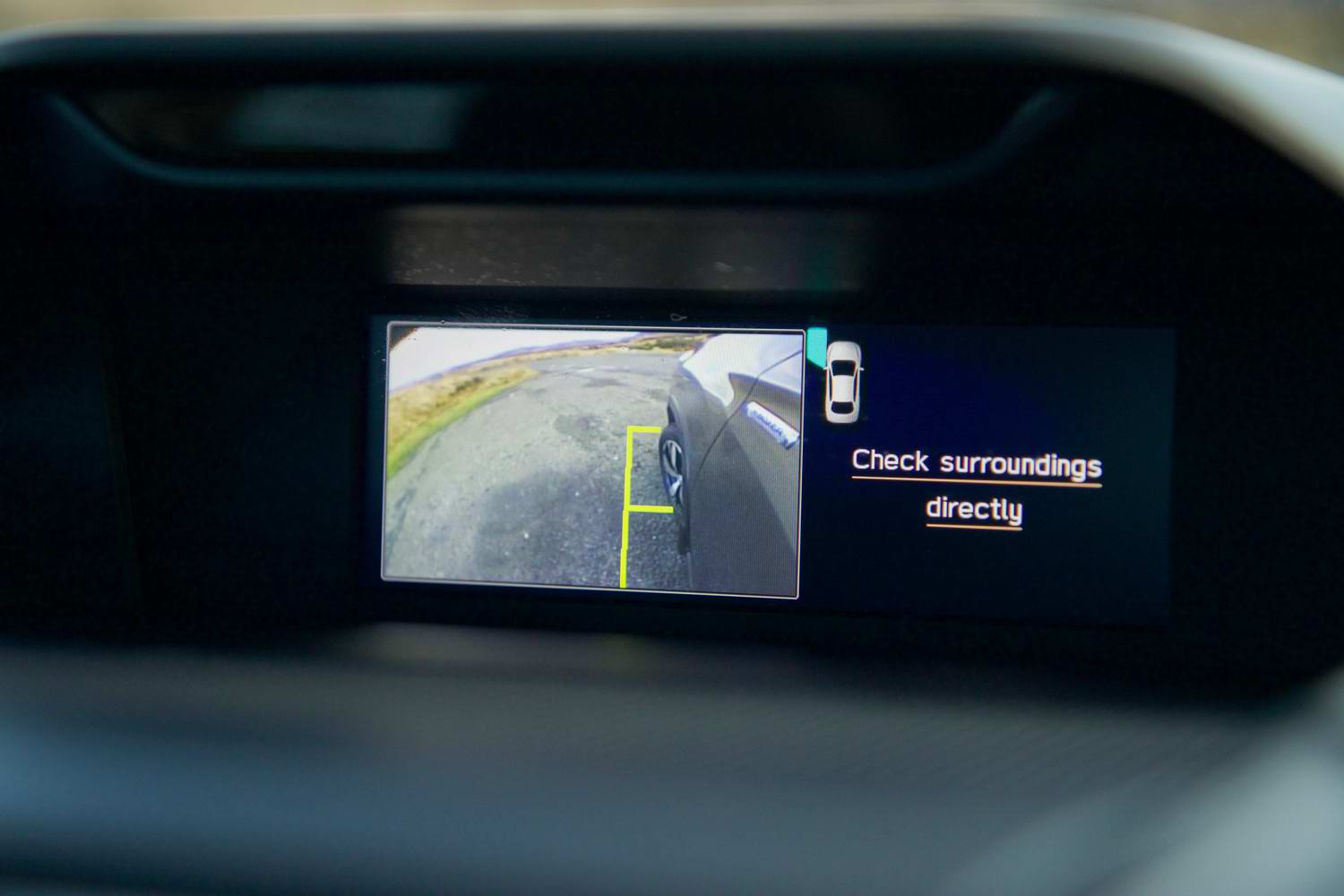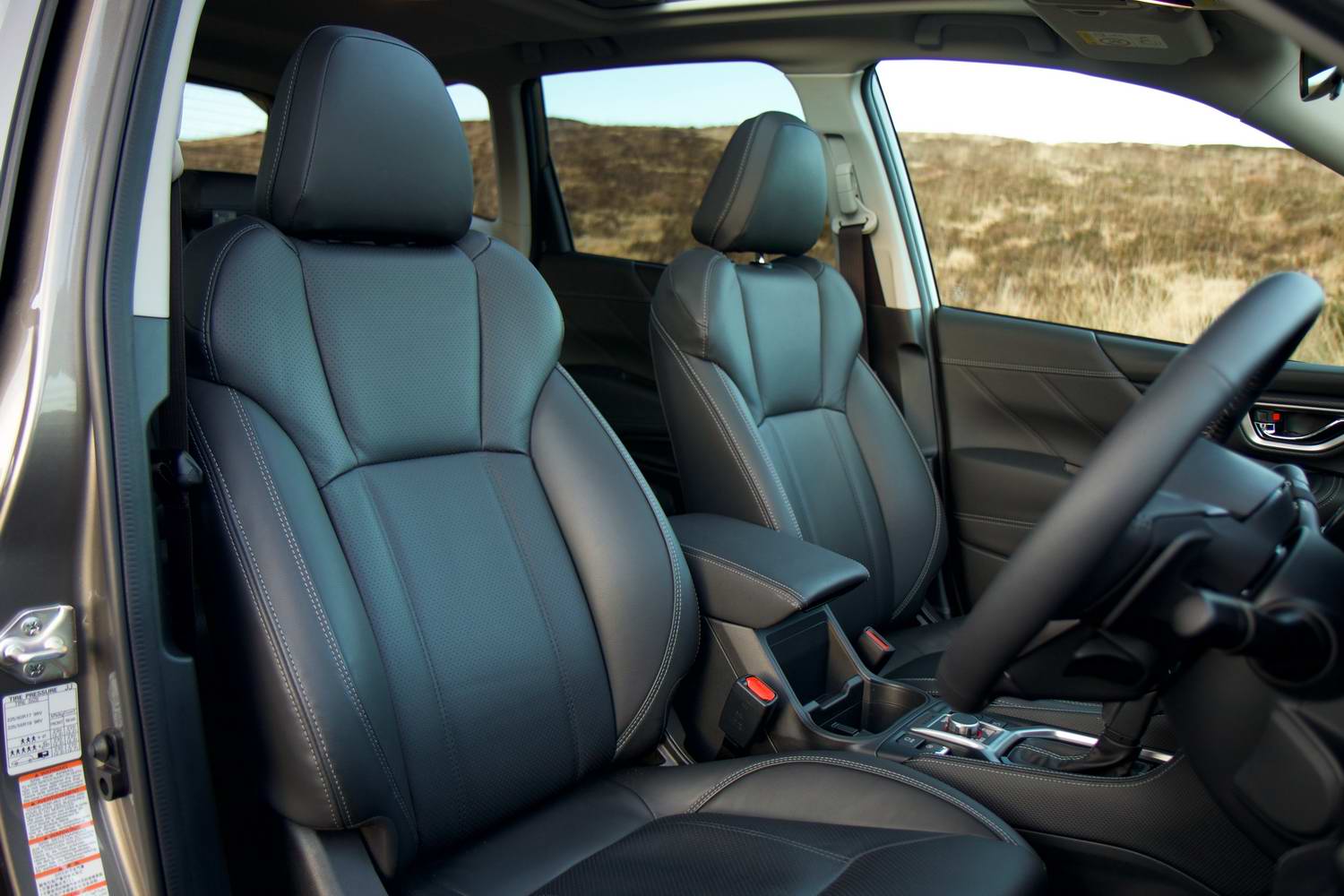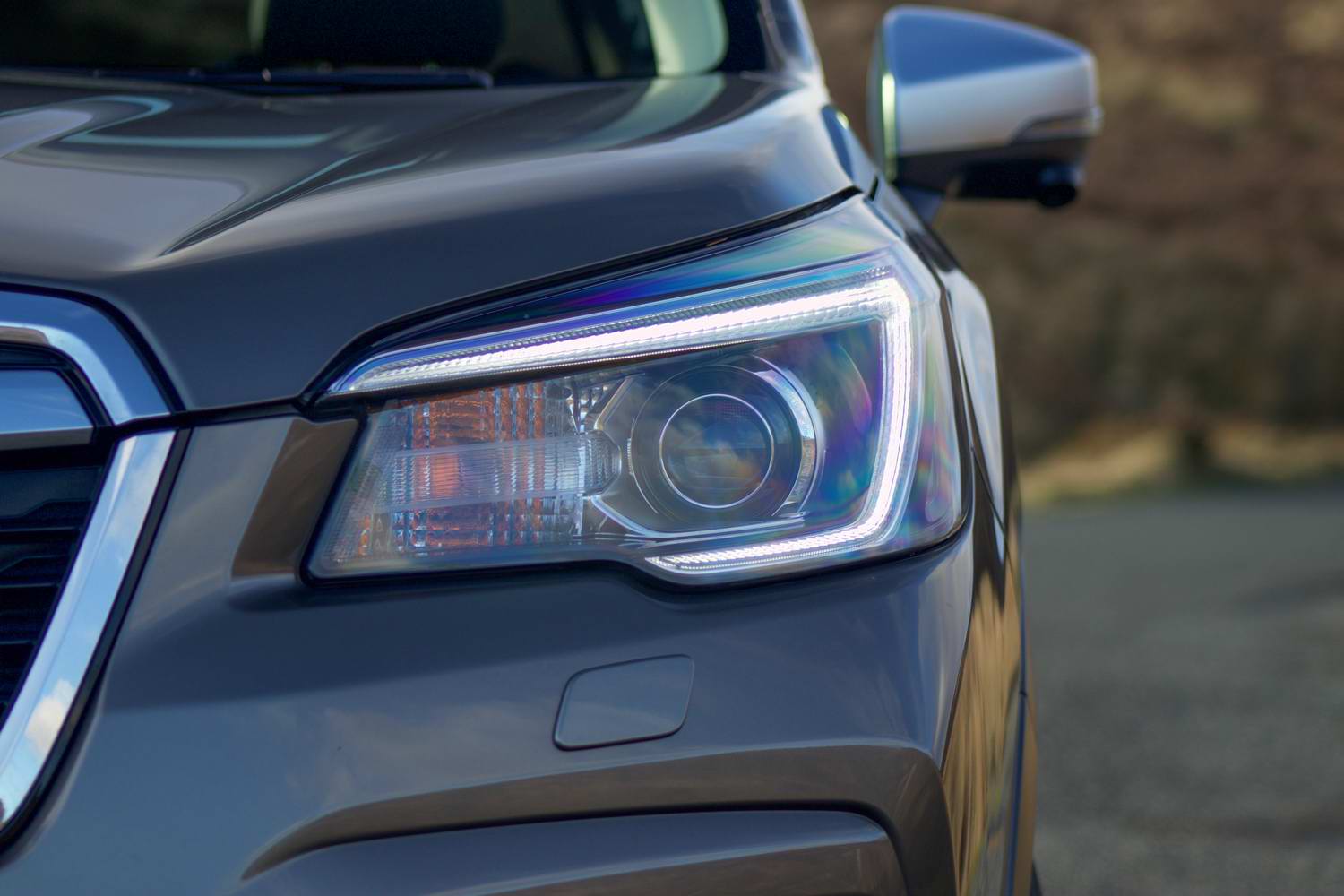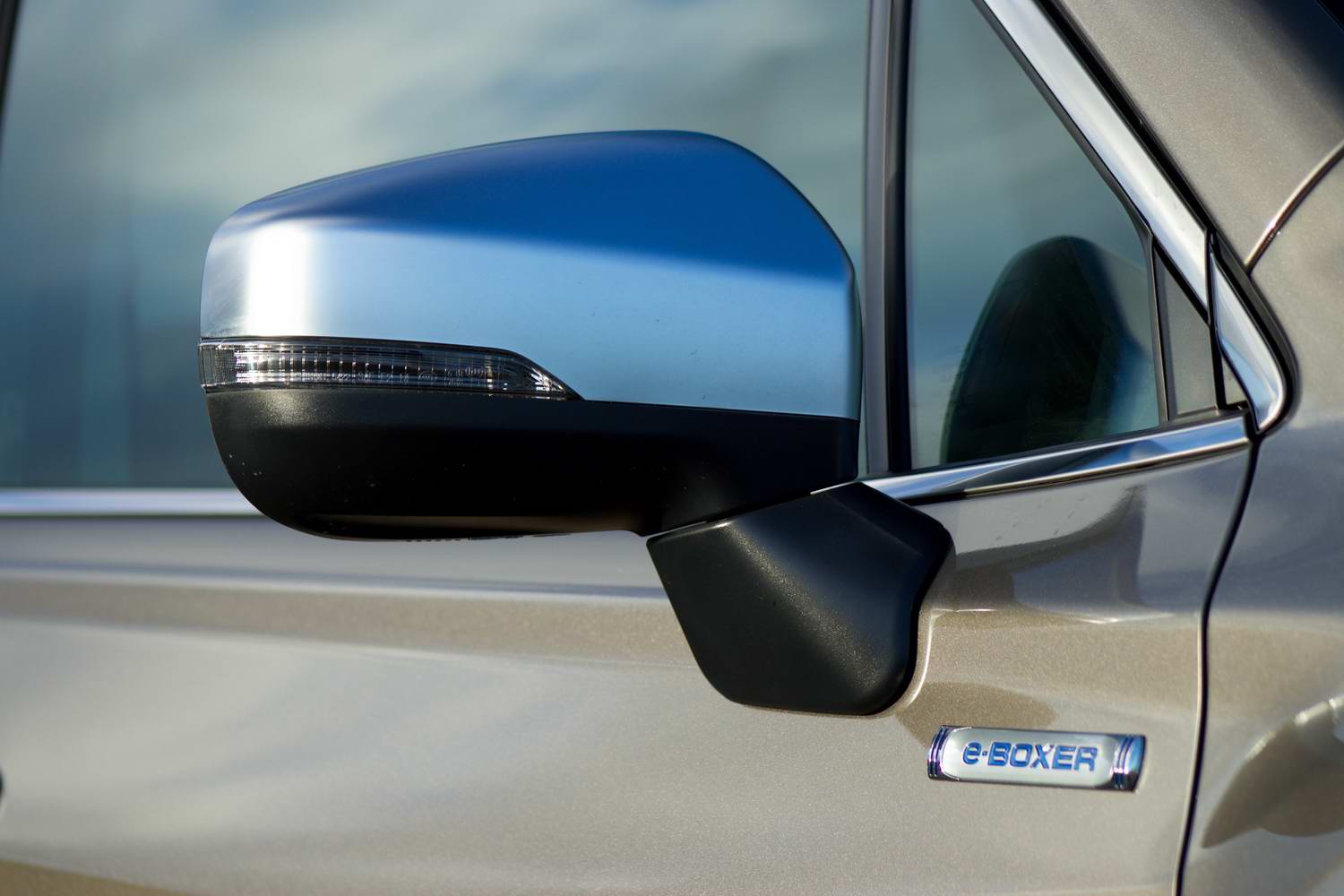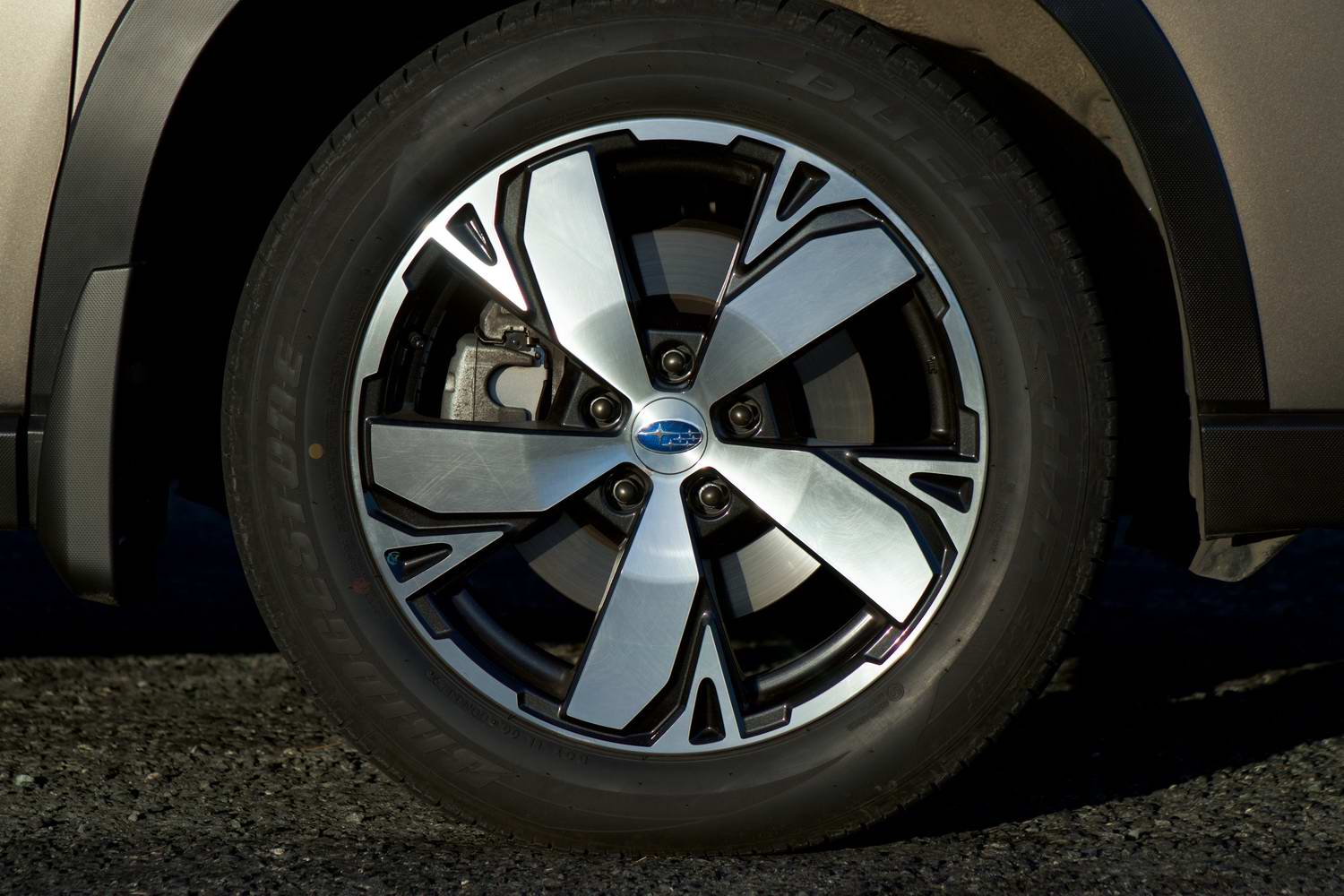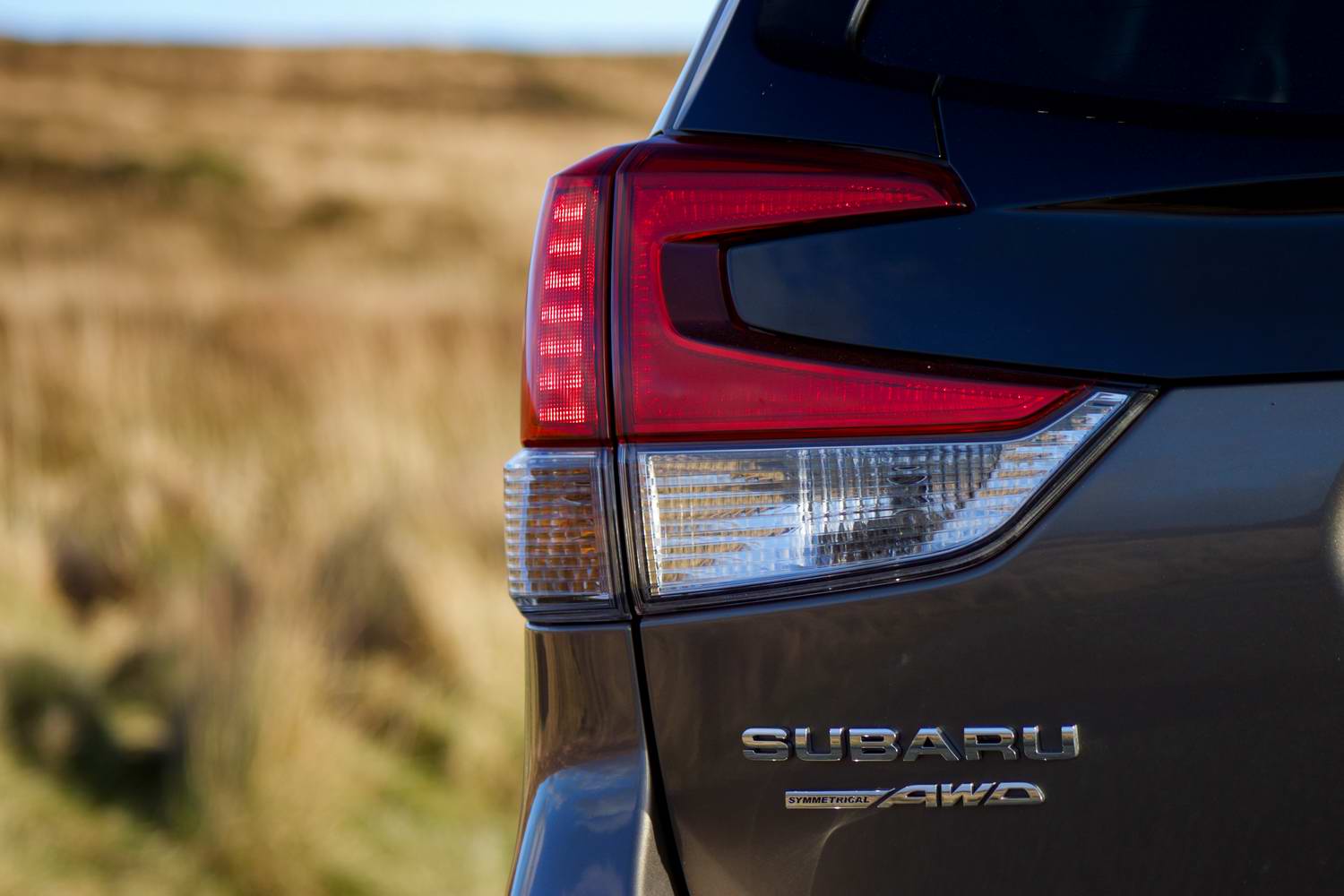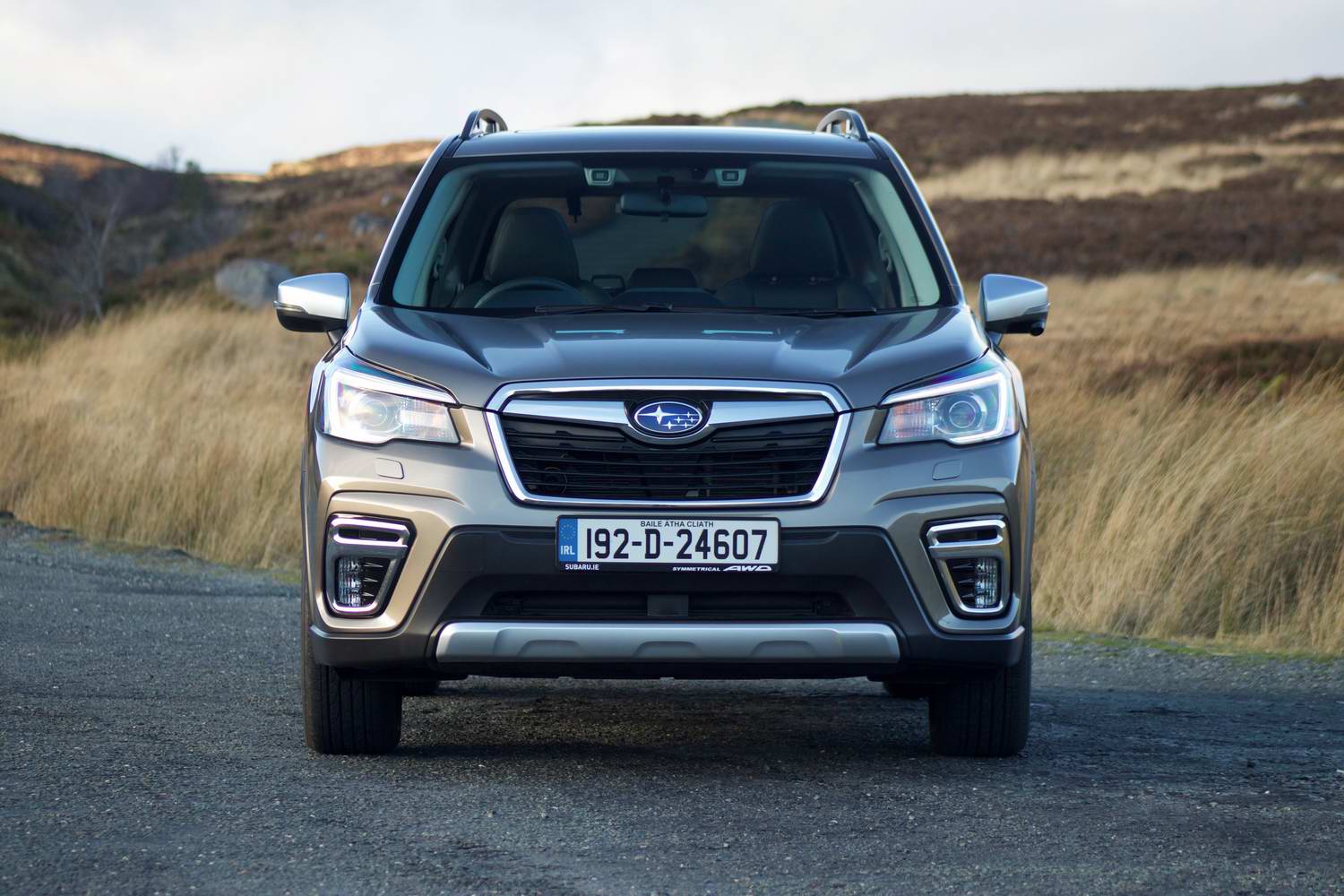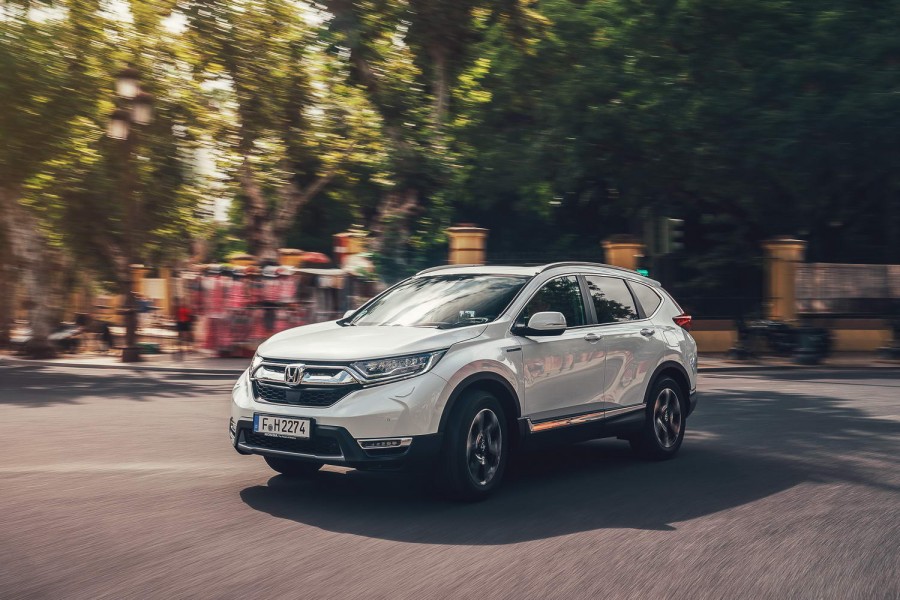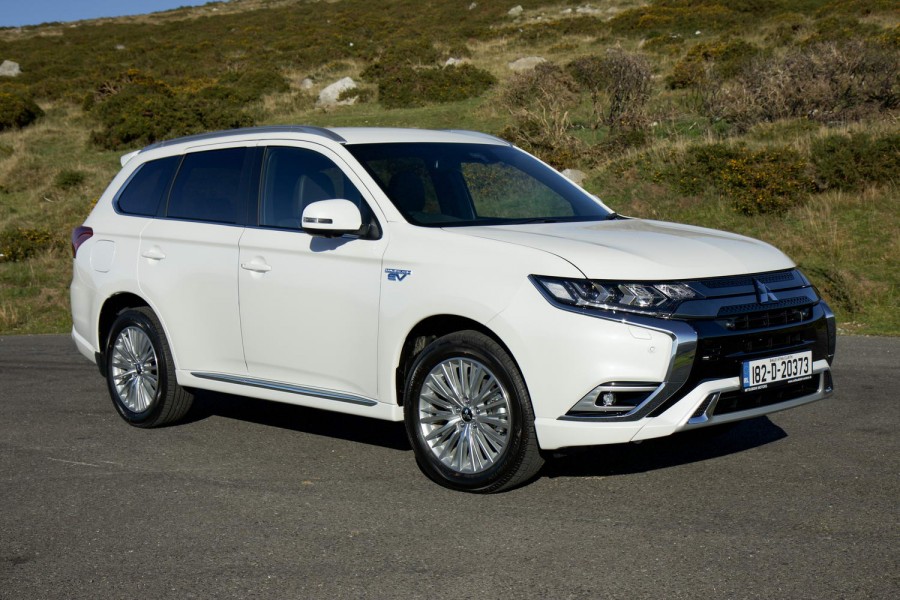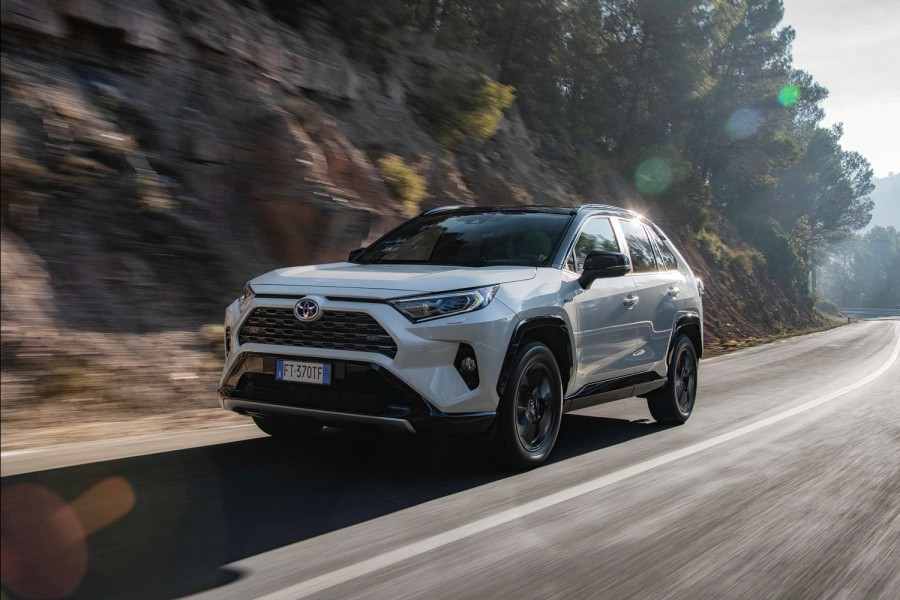What are you driving?
The fifth generation of a stalwart in the Subaru line-up, the Forester SUV. We know, it doesn't look drastically different to its predecessor, but it is, and it sits on new underpinnings (called the Subaru Global Platform). Nonetheless, the layout is familiar, with a horizontally-opposed 'boxer' engine up front and a full-time four-wheel-drive system underneath. There are no diesel engine options in the range, though, as Subaru begins moving toward electrification. Instead, the Forester is exclusively powered by the Japanese company's new 'e-Boxer' hybrid system. This utilises a naturally aspirated 2.0-litre petrol engine, a small electric motor in the transmission and a compact lithium-ion battery pack mounted over the rear axle. It's not a plug-in hybrid setup, so you can't plug it in to charge up the battery; that happens on the move and under braking etc. Toyota calls this 'self-charging'.
For now, the Irish Forester line-up is limited to two variants, both using the same powertrain. The entry-level XE is €45,545 and includes 17-inch alloy wheels, Apple CarPlay and Android Auto, heated front seats with electric adjustment, parking cameras, keyless entry and lots more. The XE Premium under test here adds larger rims, full leather upholstery, satnav, an electrically operated tailgate, a sunroof, heated rear seats and a heated steering wheel. It costs €49,245.
Name its best bits
The best bits of the new Subaru Forester are, for the most part, quite hidden. For example, it's one of the safest cars ever tested by the Euro NCAP. On top of that we'd expect, going on Subaru's past record, perfect reliability, though I guess the e-Boxer hybrid system is unproven.
The opposite is true of Subaru's 'Symmetrical AWD', which is known to be highly useful all-wheel drive. Here it sends 60 per cent of the engine's output to the front wheels by default, but the split is actively altered on the go as grip levels change. On wet roads, we found it to be secure and surefooted, though there's not enough power on tap here to truly test it. The suspension itself is well-judged, mixing decent bump absorption with acceptable body control, but this isn't a particularly interesting SUV to drive down a fun road.
Inside, while there's still a hint of old-school Japanese interior design at work, the Forester is pretty decent and feels of high quality. There's absolutely loads of space, notably so in terms of headroom. The rear seat passengers are well looked after as well. Average-sized parents with small ones in car seats in the rear won't have their backs kicked too much either... And the boot is usefully massive.
Finally, though the purchase price looks high, the Forester is very well-equipped as standard.
Anything that bugs you?
I'm not impressed by the hybrid system at all. It just isn't smooth enough in operation, certainly not when compared with what Toyota has managed with the same basic principles. We'll forgive it for not staying in electric-only mode for very long at this time of year (when the heated seats and lights and window demister are in heavy use), but even so, it should be more refined than it is. Especially as Subaru is putting itself forward as a premium marque. And, due to the combination of the CVT auto and a naturally aspirated petrol engine, it gets very loud if you want full acceleration or you're going up a steep hill. Unfortunately, we struggled to better an average of 11 litres/100km over our time with the car, even taking it for a long and gentle cruise to see if that improved things (it did a little).
And why have you given it this rating?
At this price point, the Forester should be more refined in operation, it's as simple as that. For that reason, it does not stand up well to premium rivals. Nonetheless, there's lots to like about the new Subaru Forester, including its safety record, its likely reliability, the solid off-road credentials and generous standard specification.
What do the rest of the team think?
It's difficult to tell whether the hybrid system is for the regulators or the customer, as it rarely runs in battery-only mode. That aside, the Forester feels spacious inside and seems to be well nailed together. A genuine SUV in the traditional sense.
Dave Humphreys - Road Test Editor

